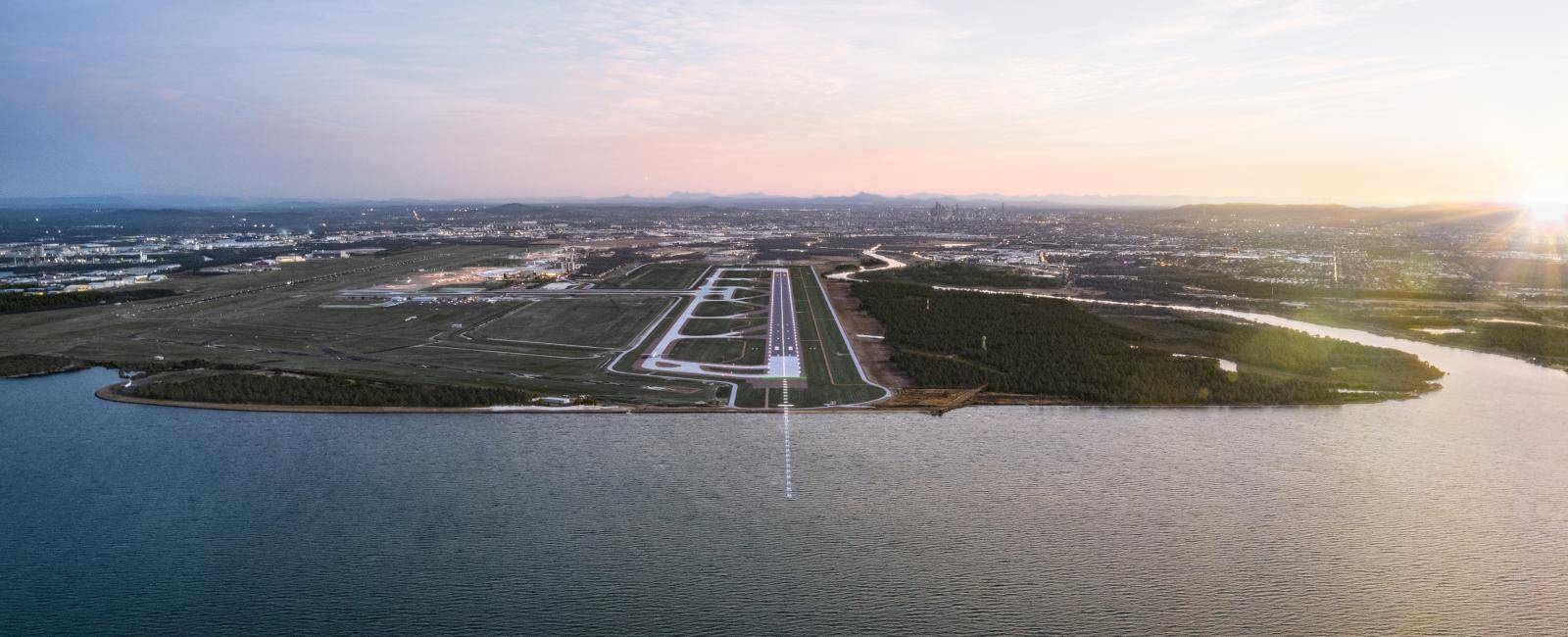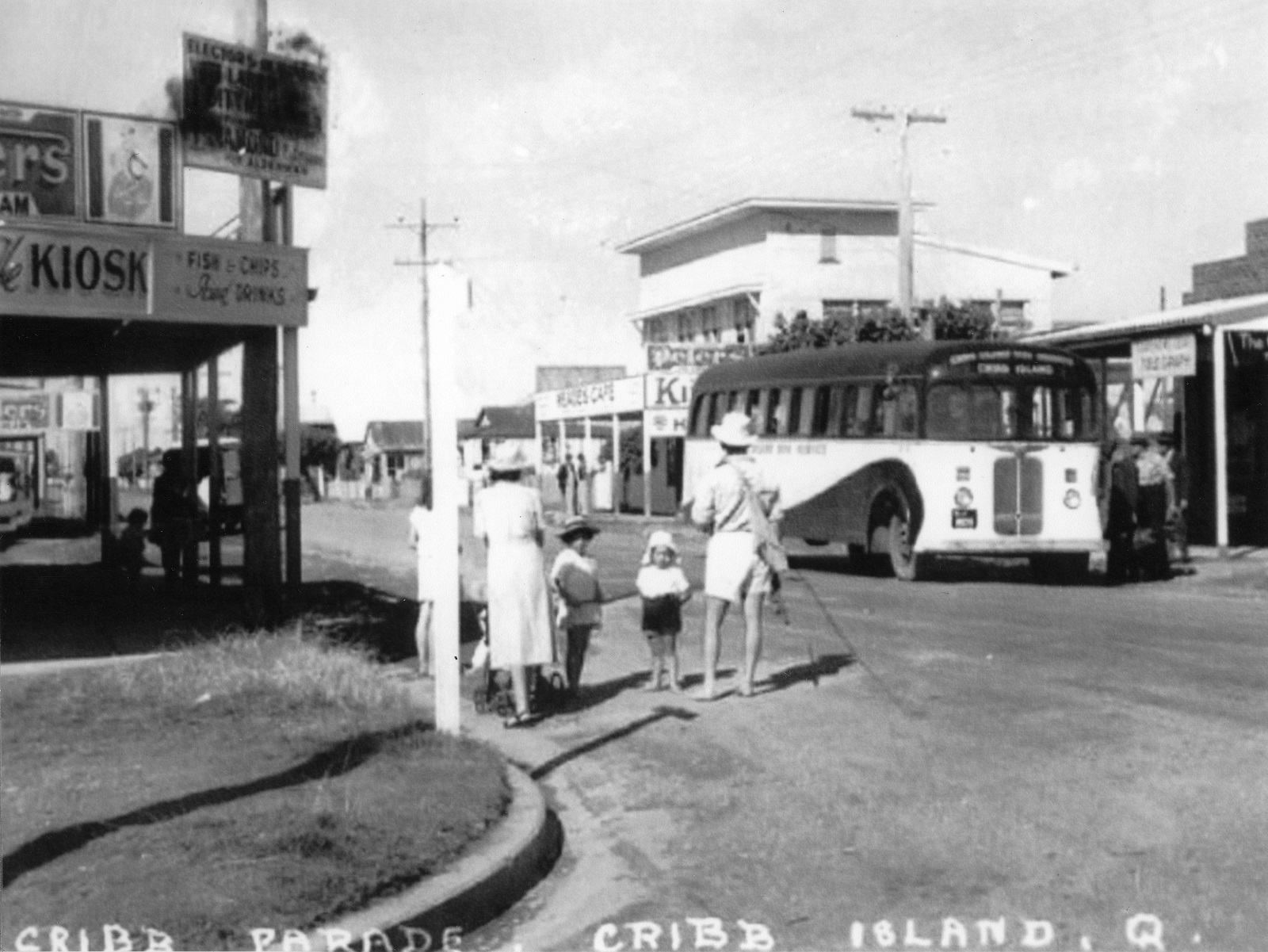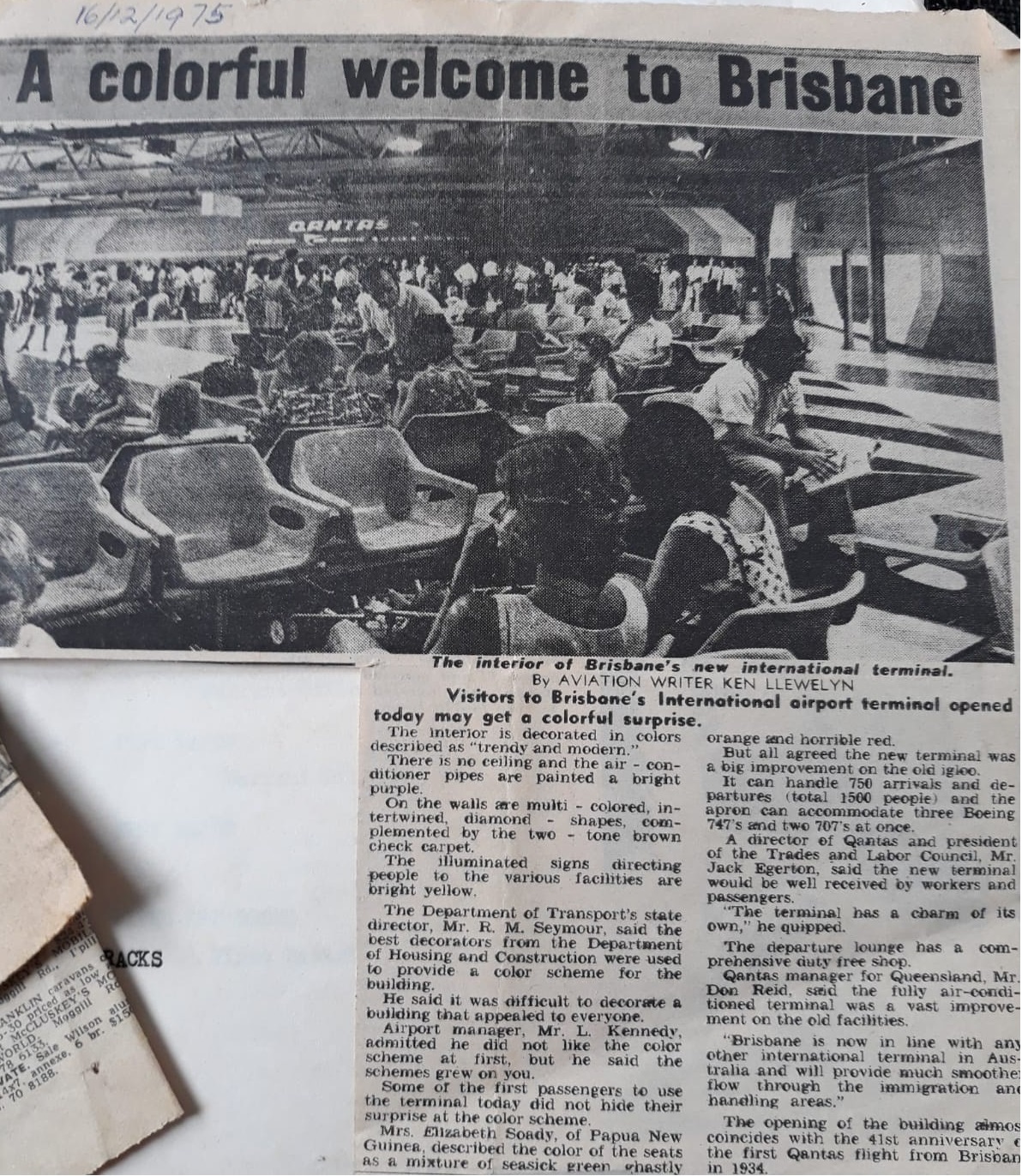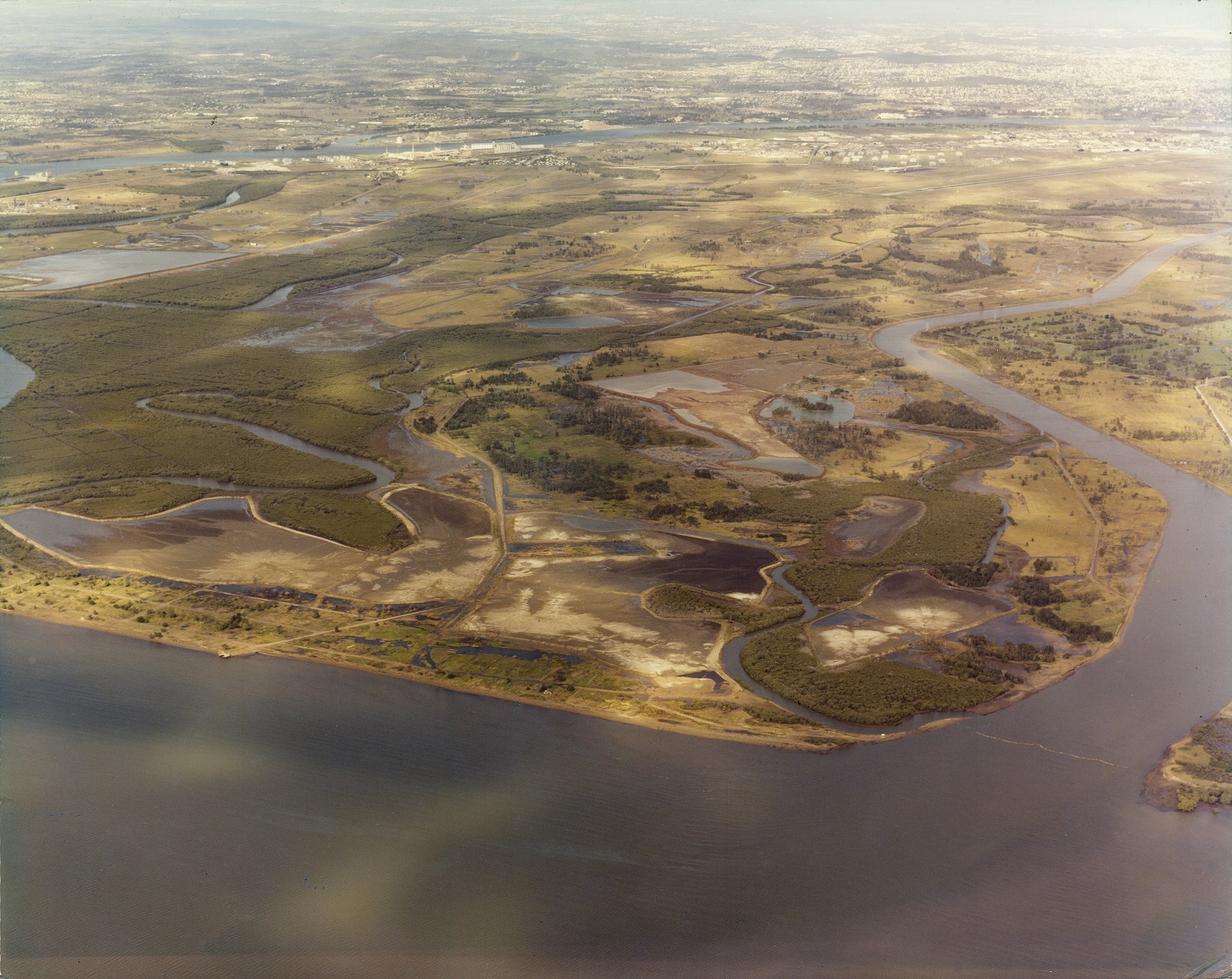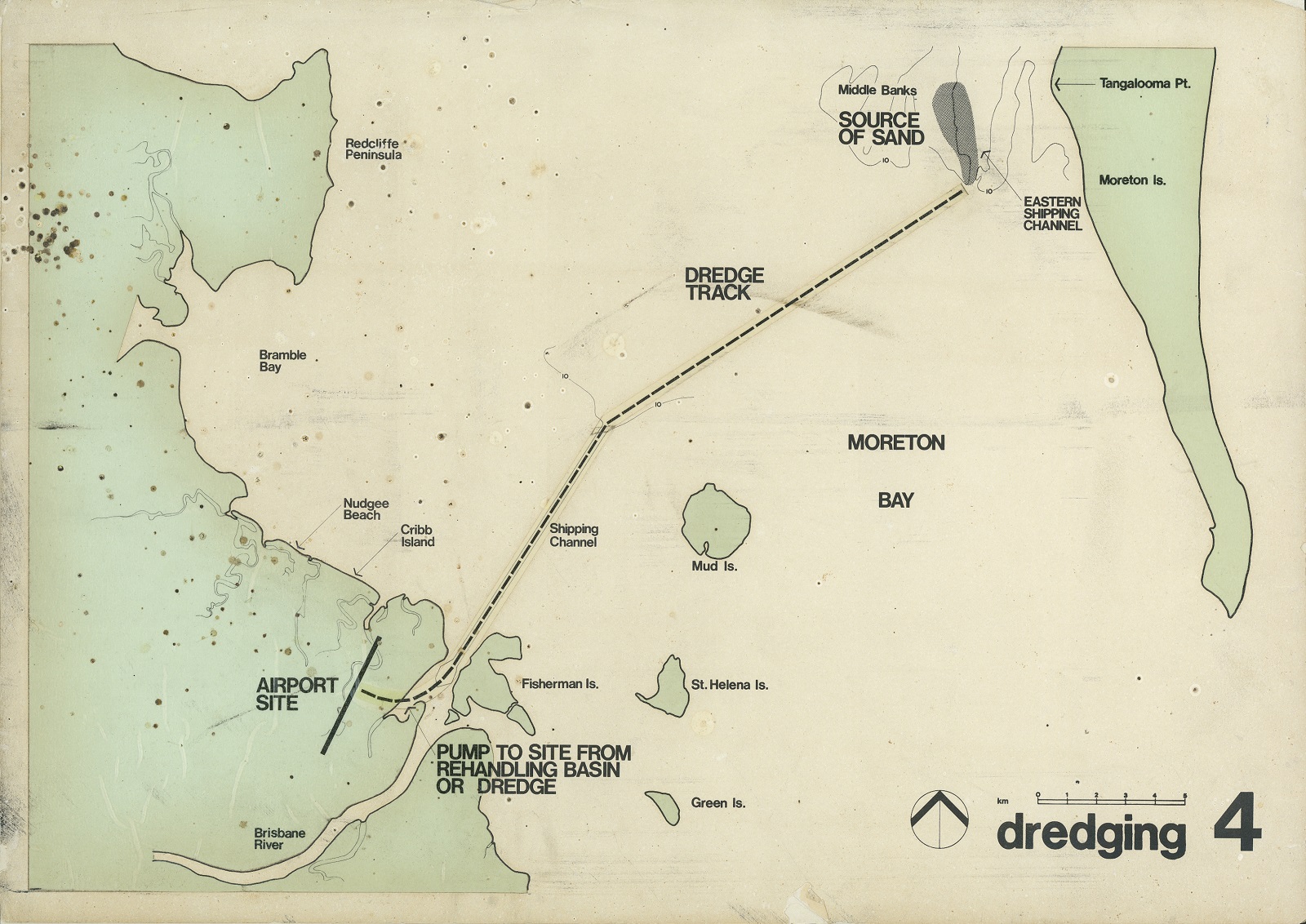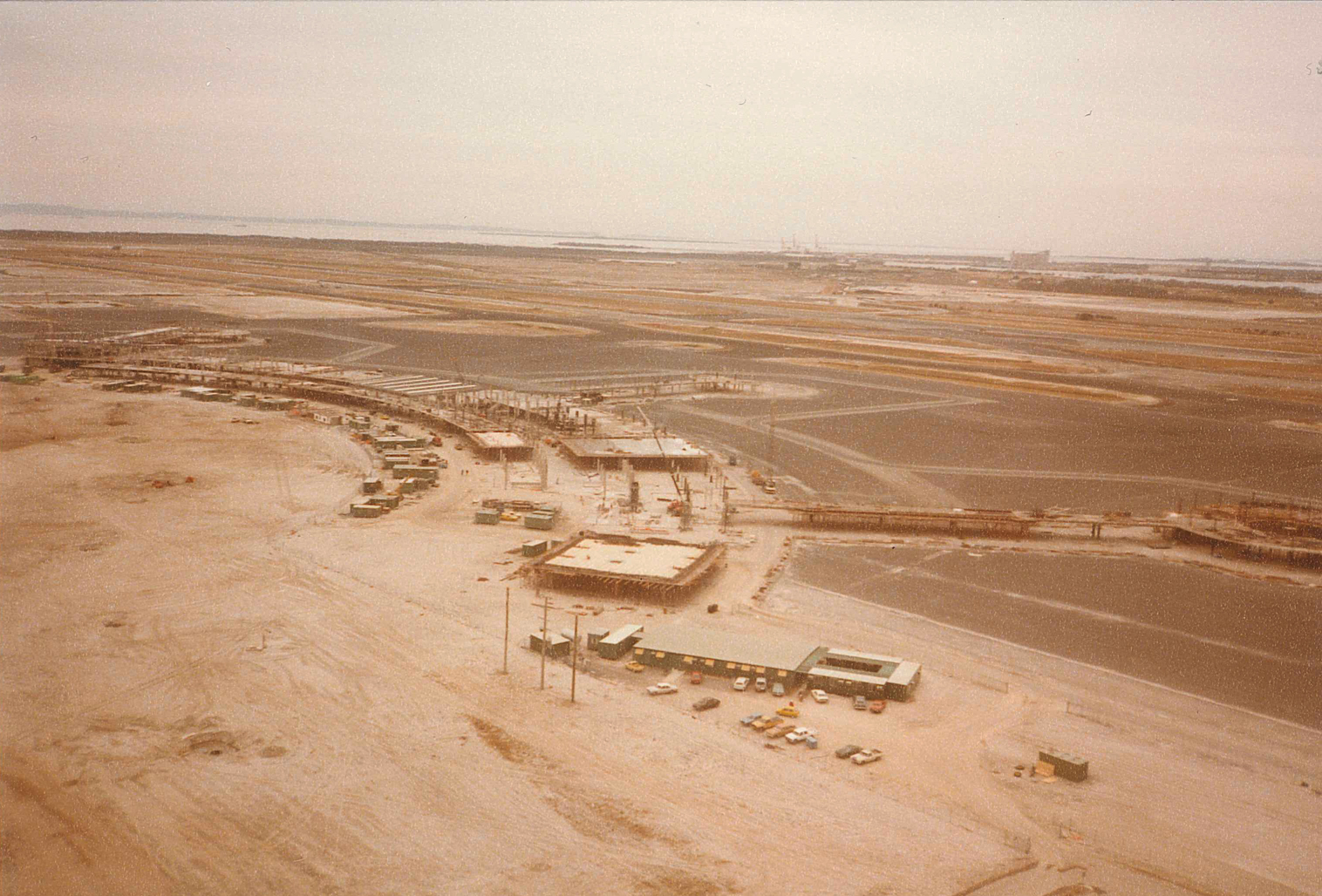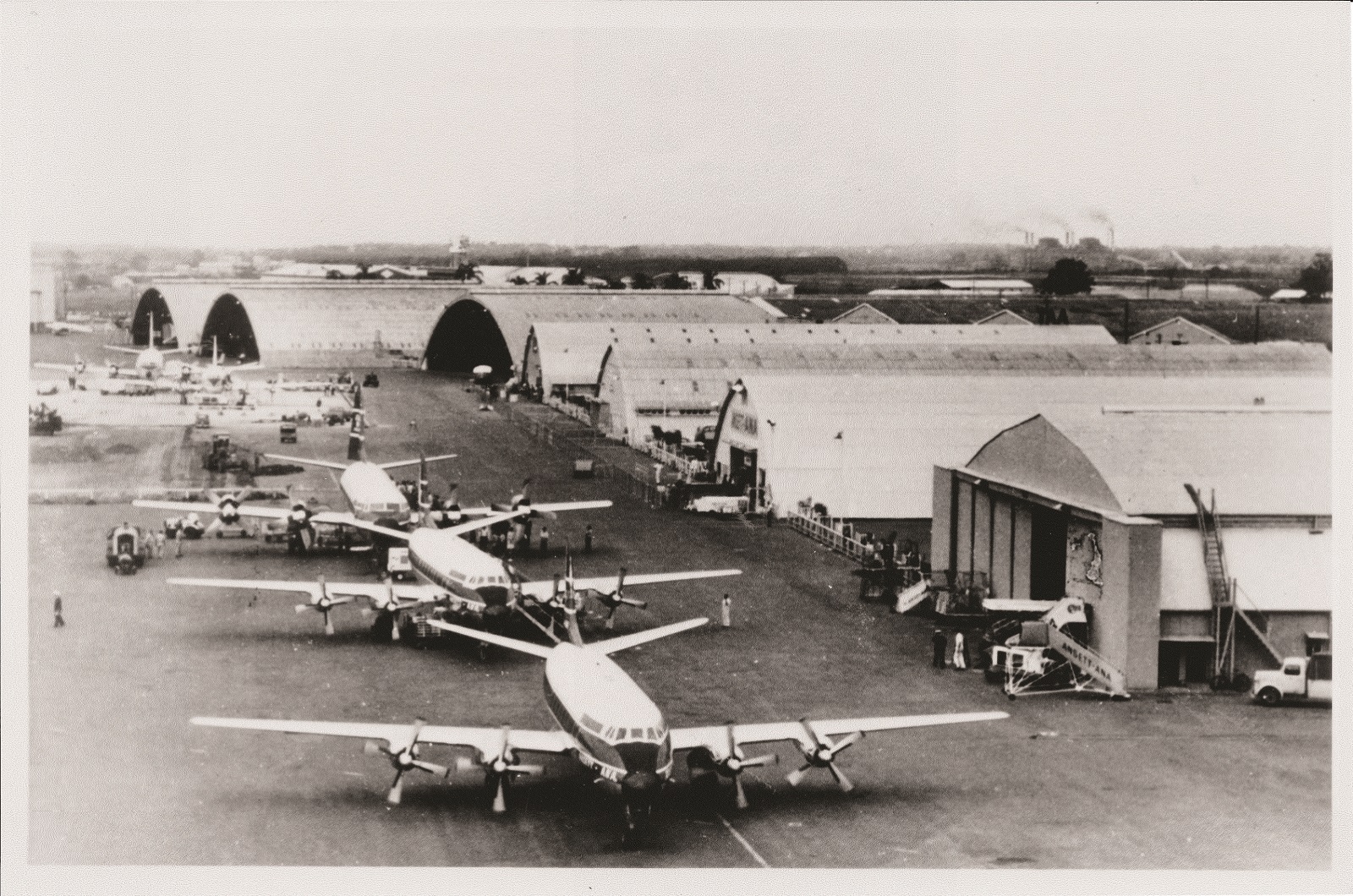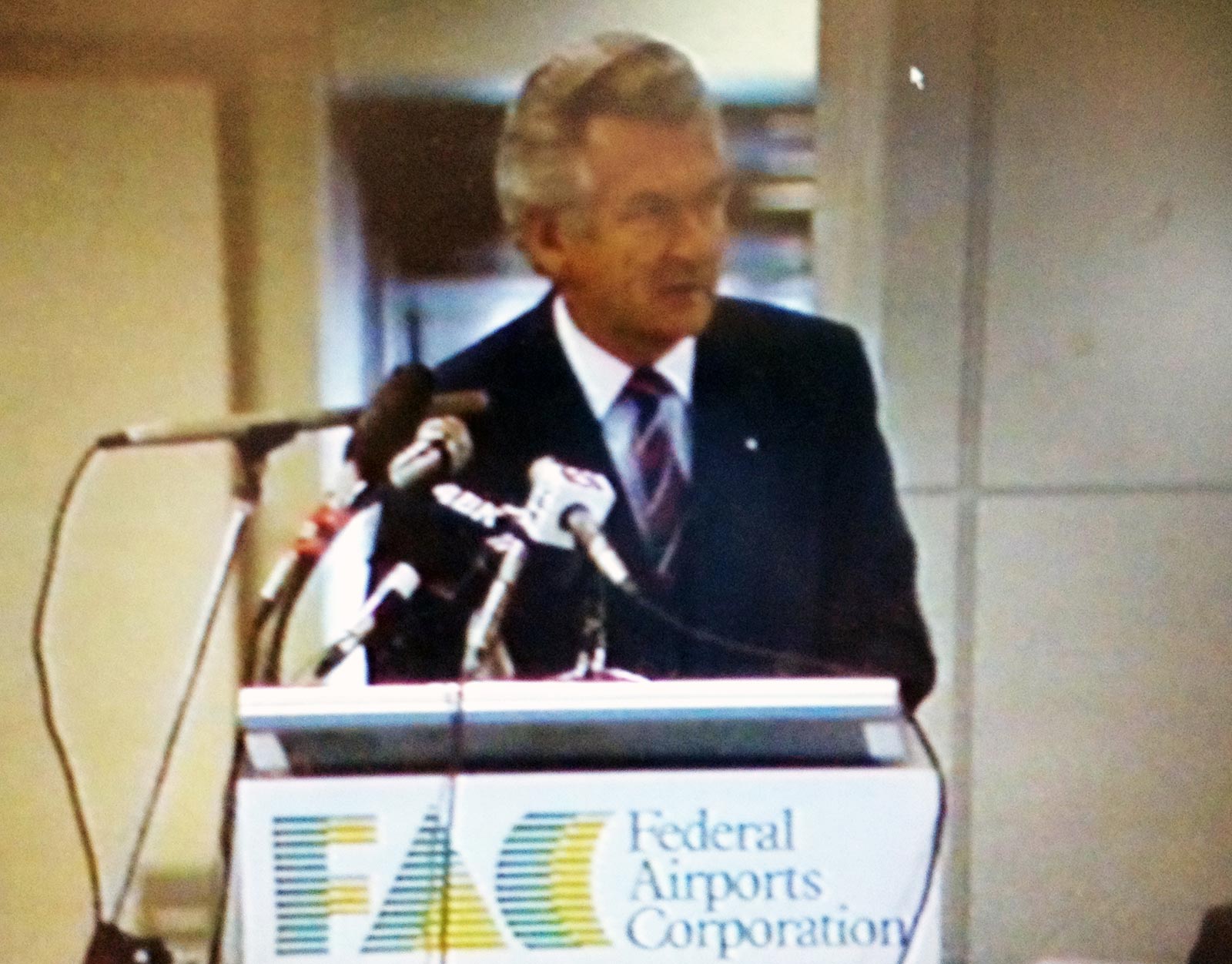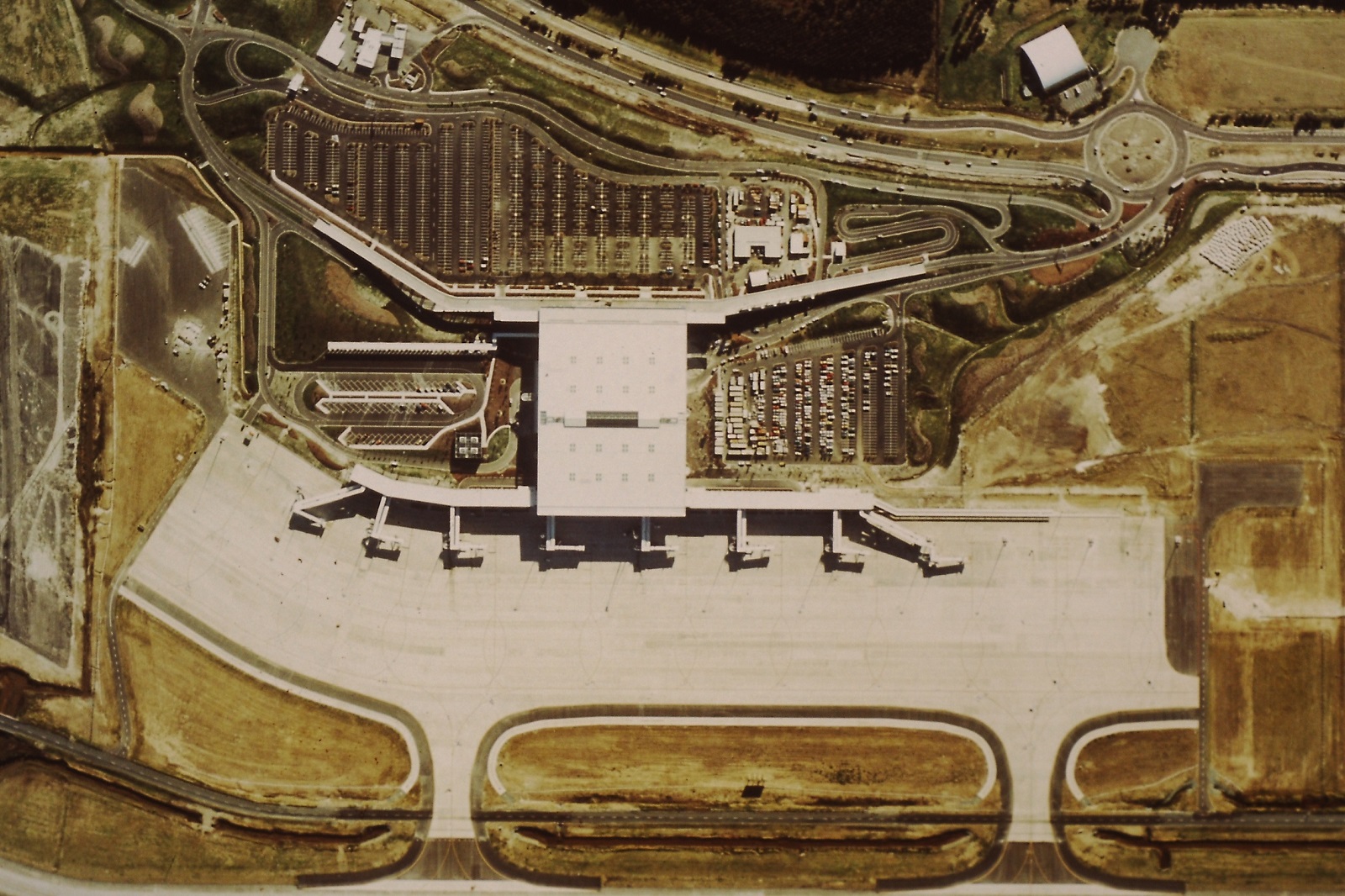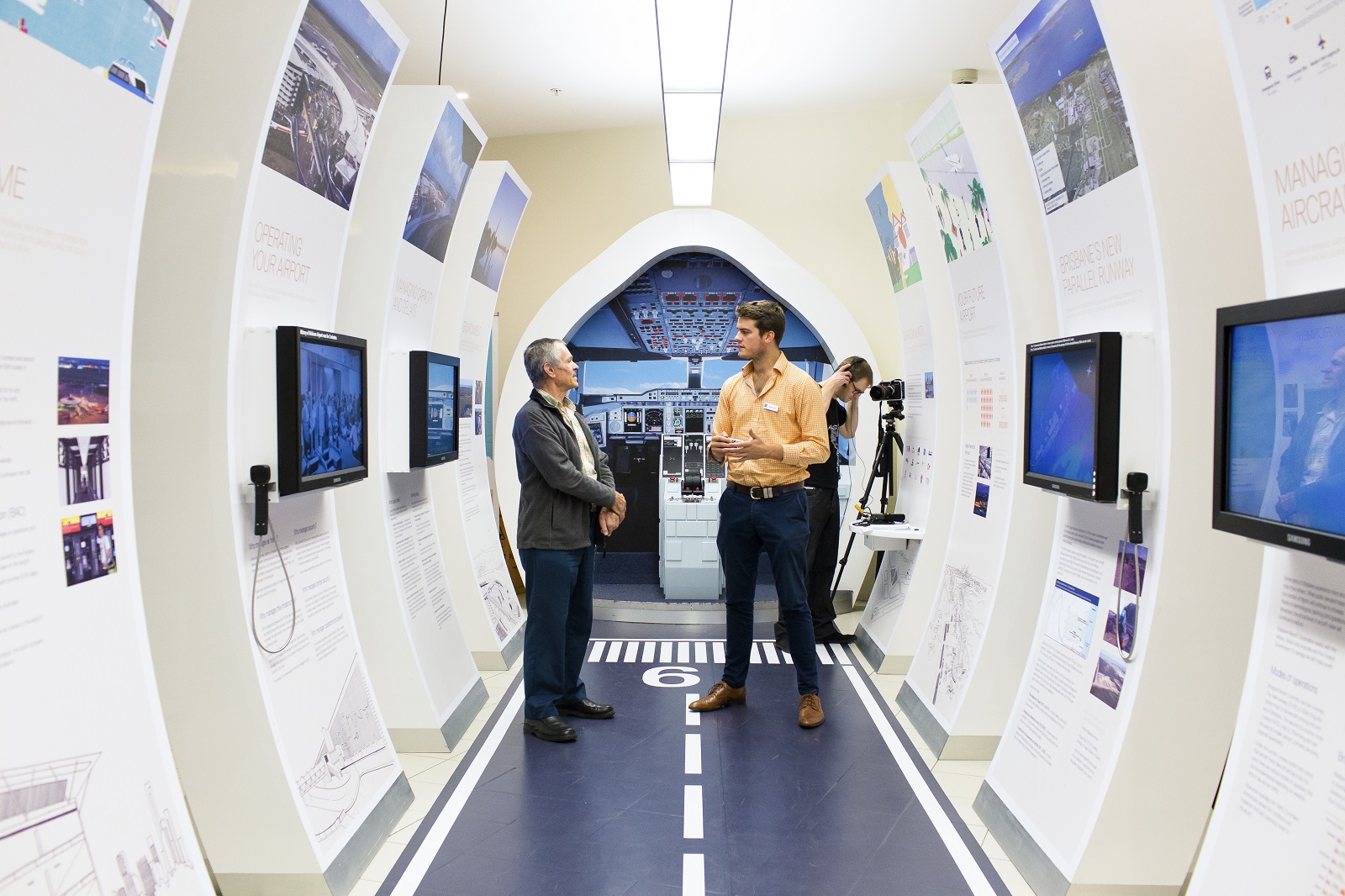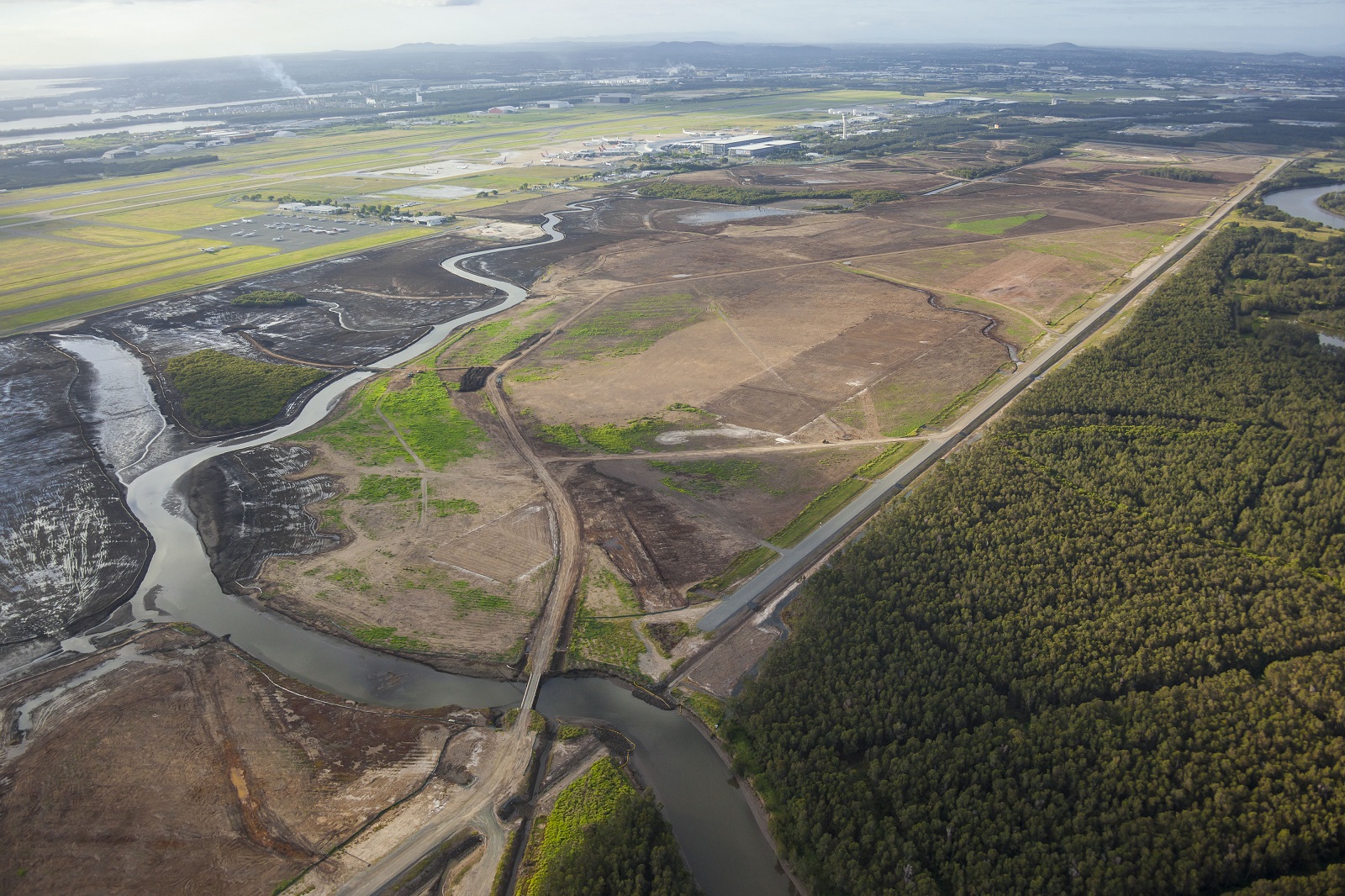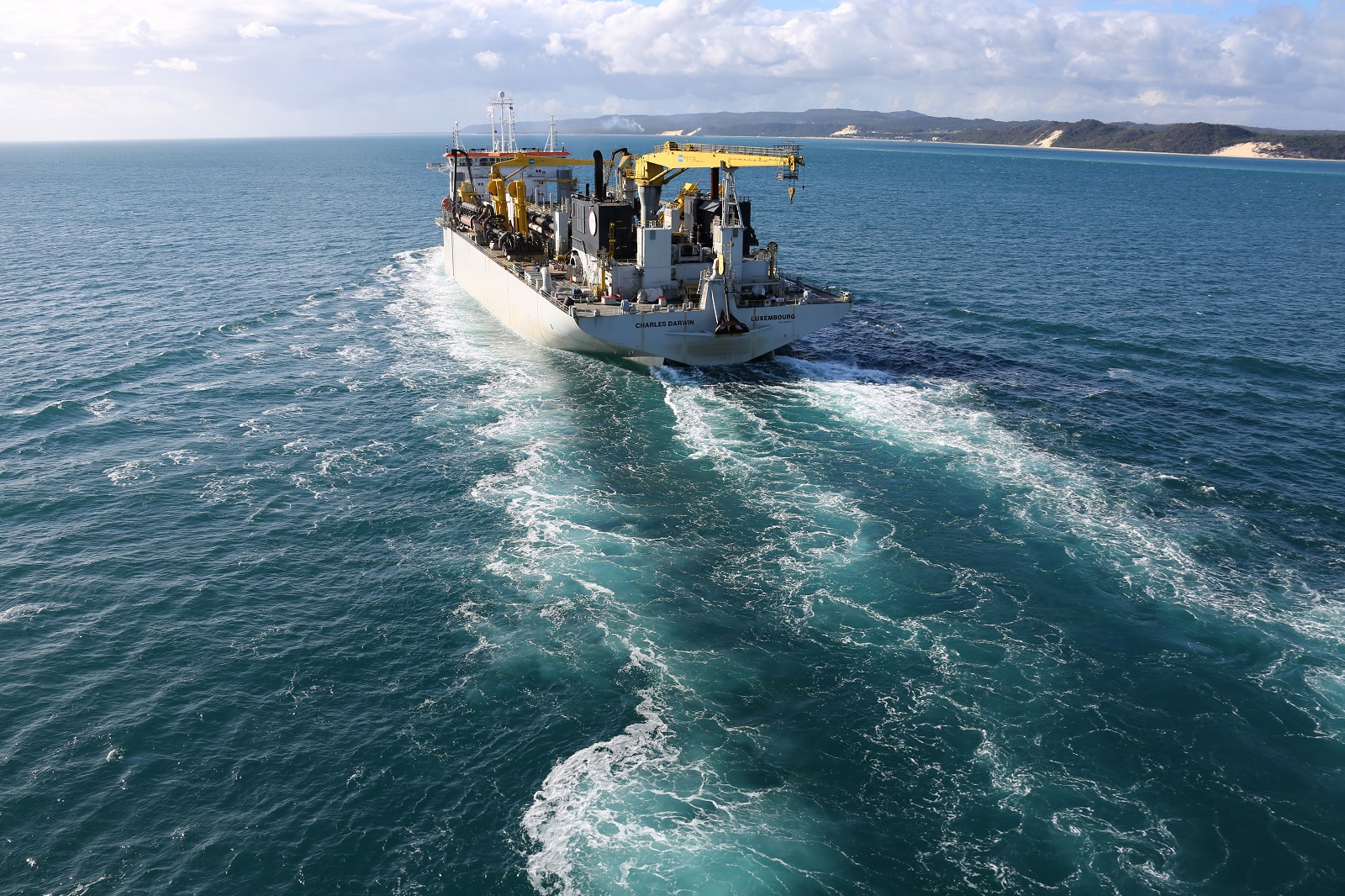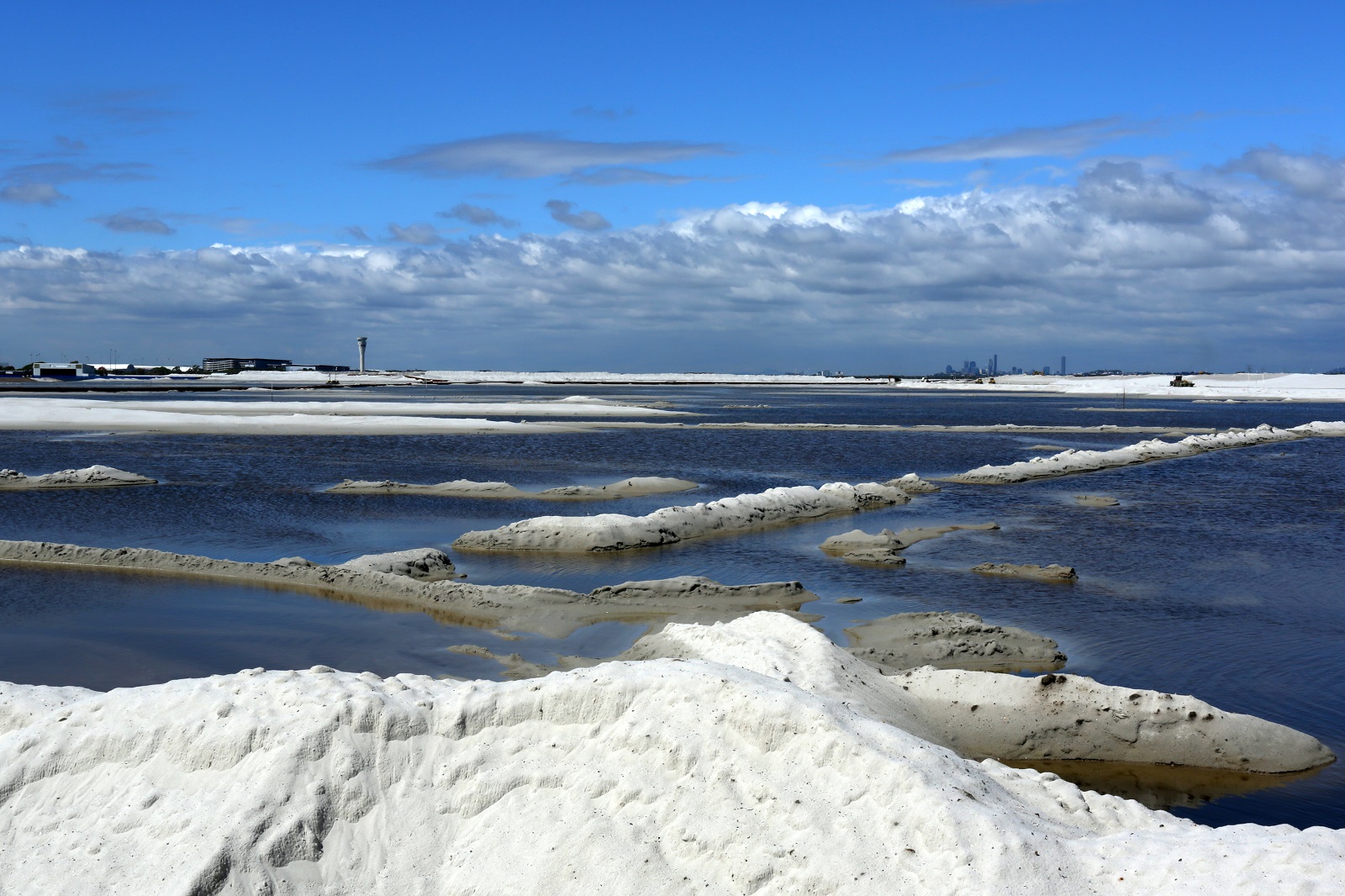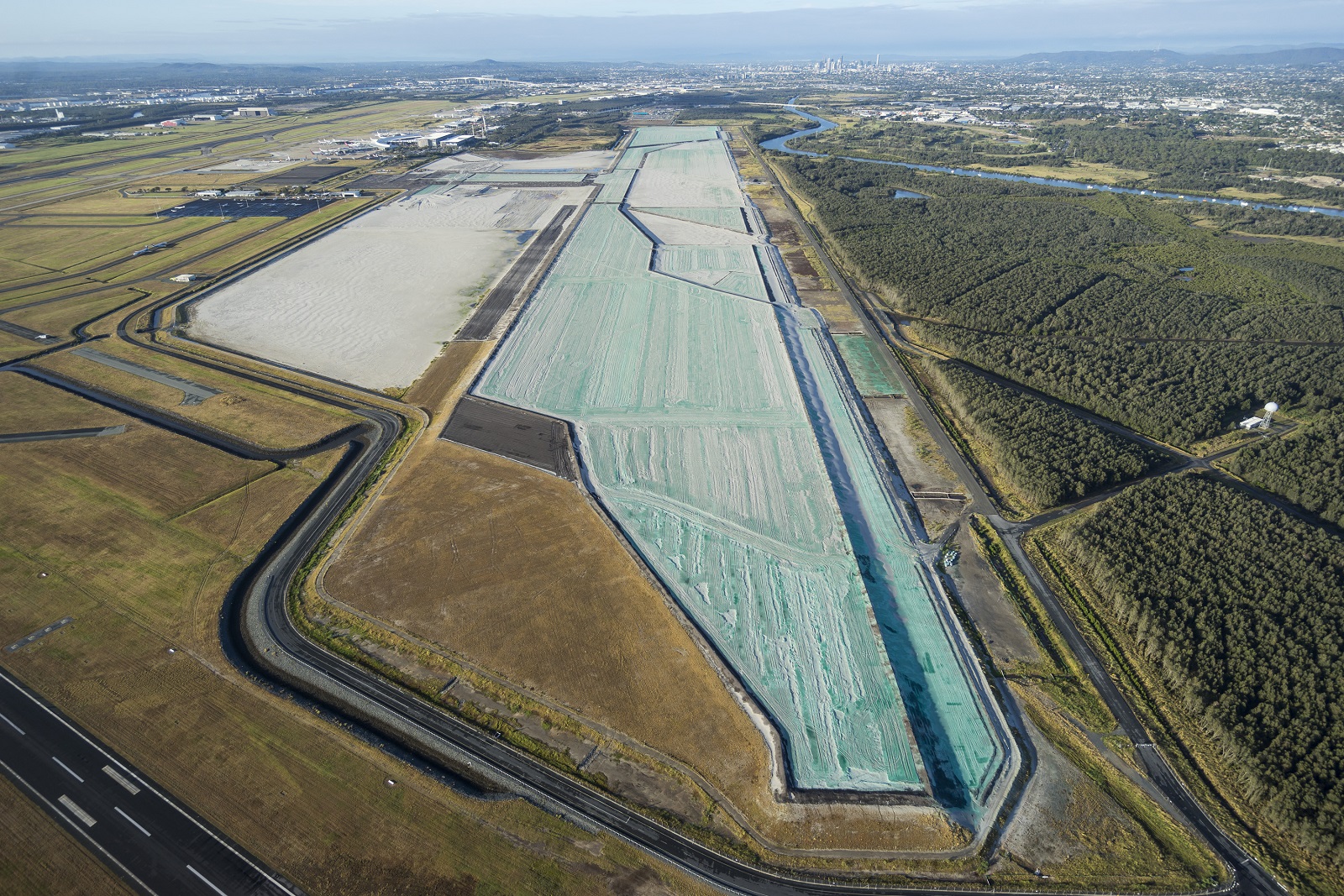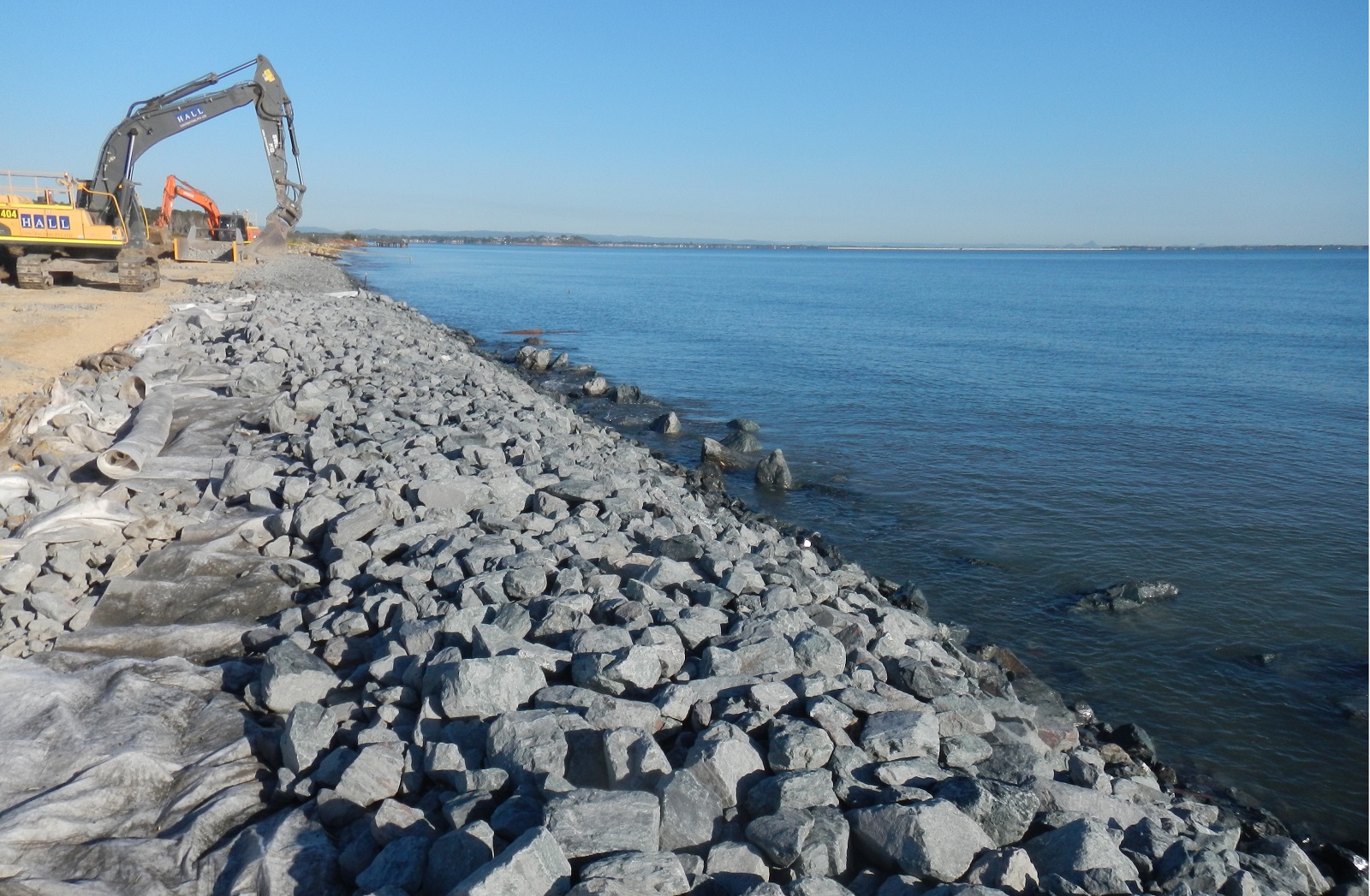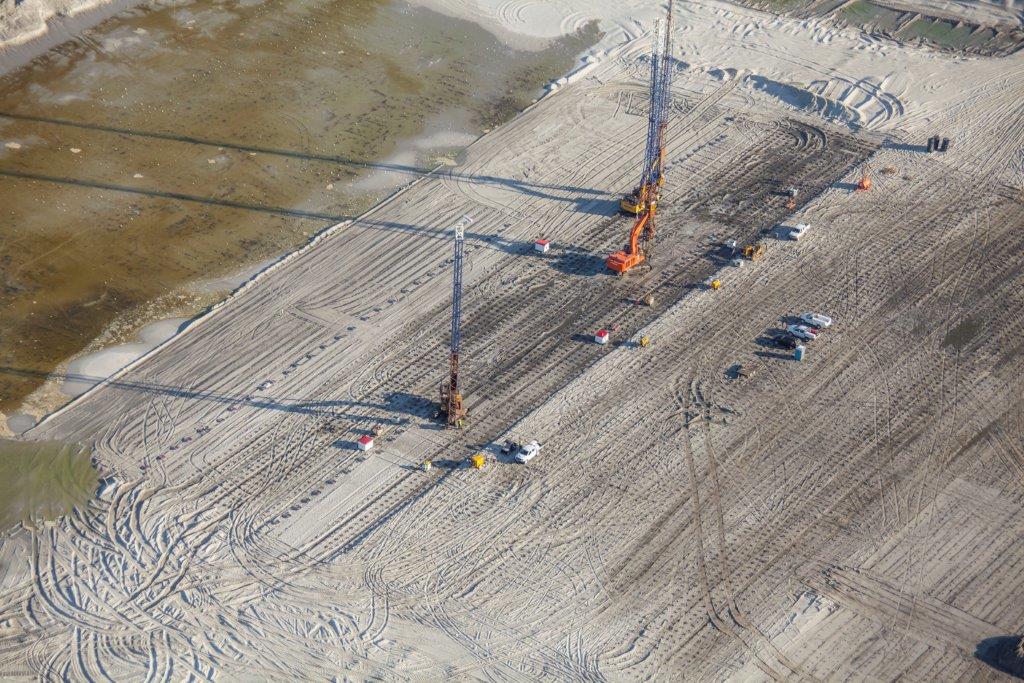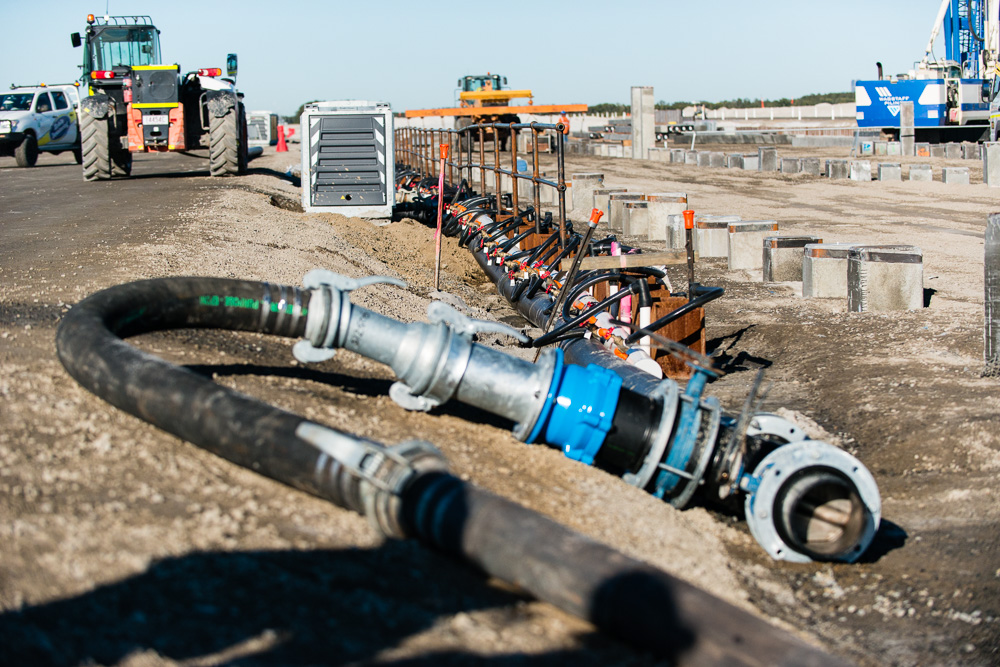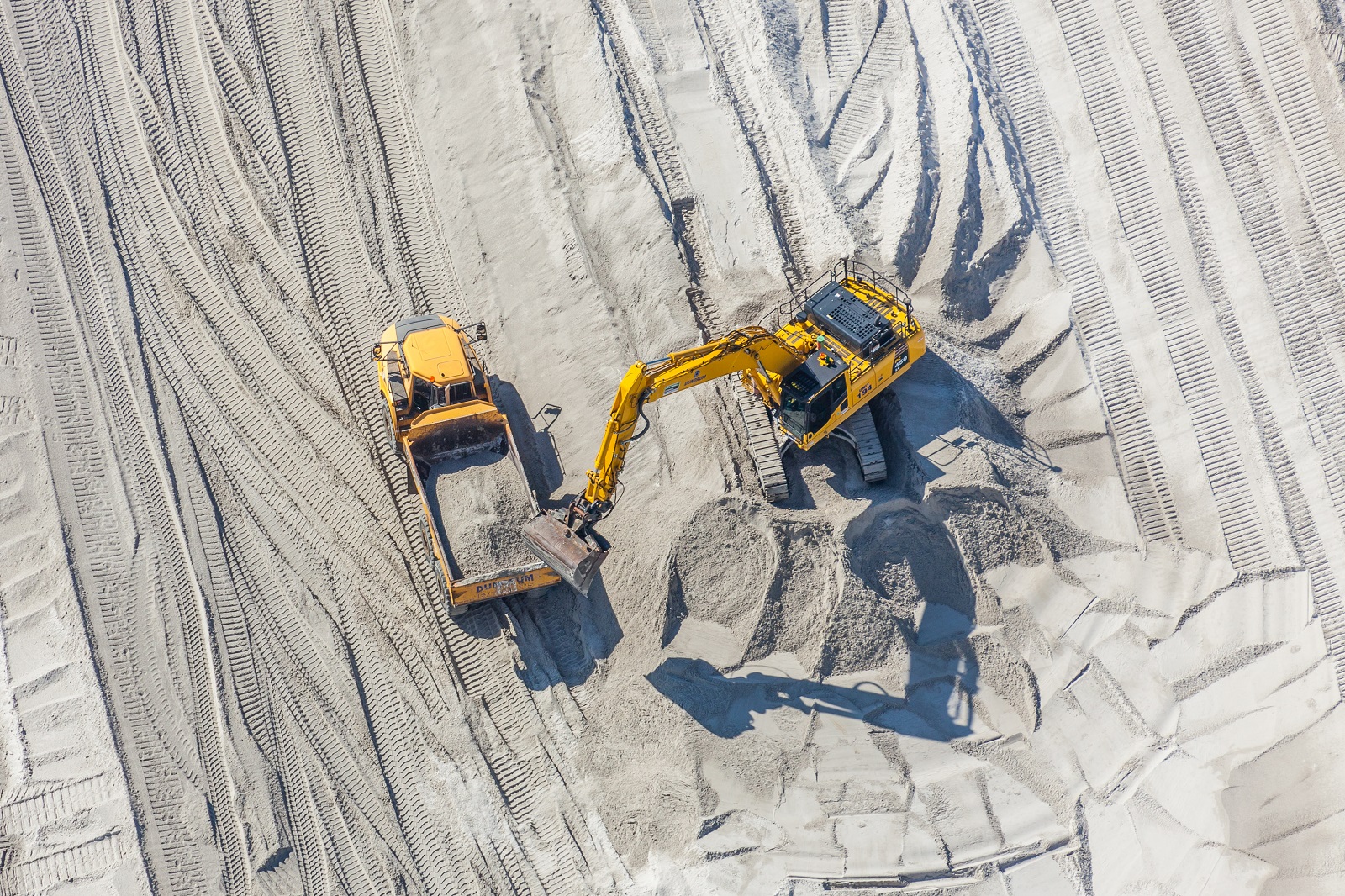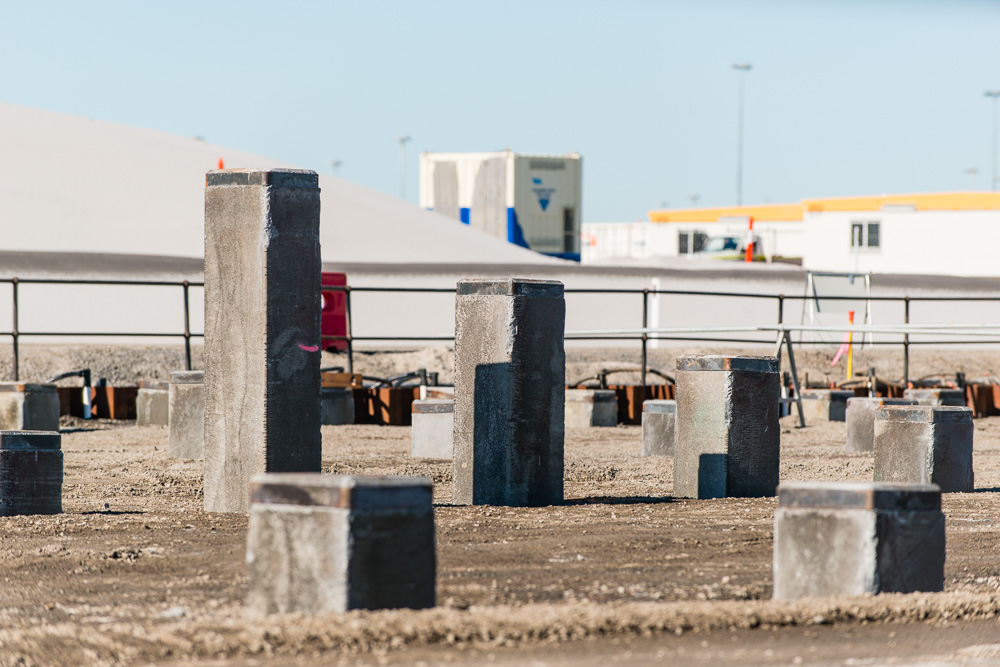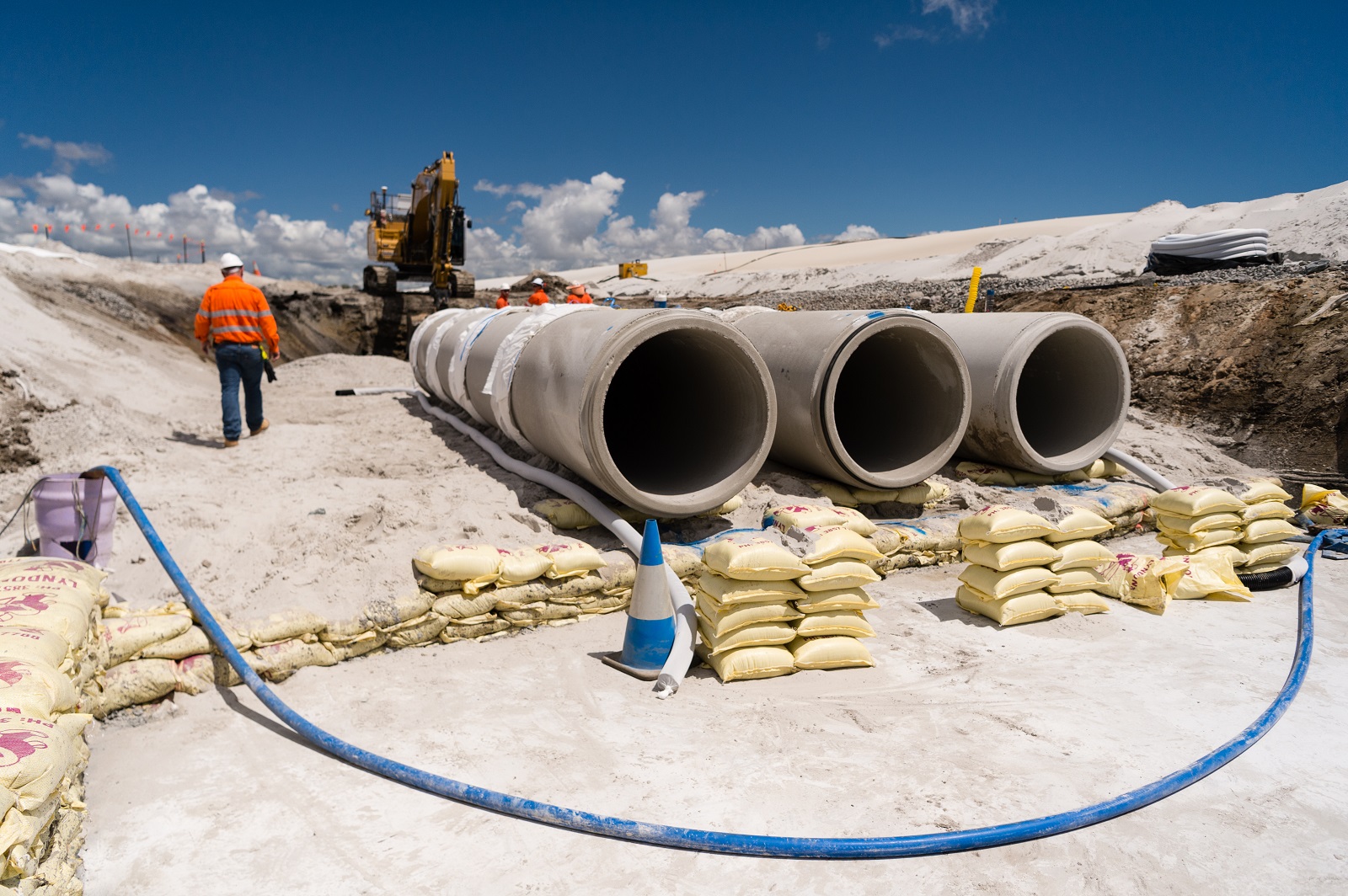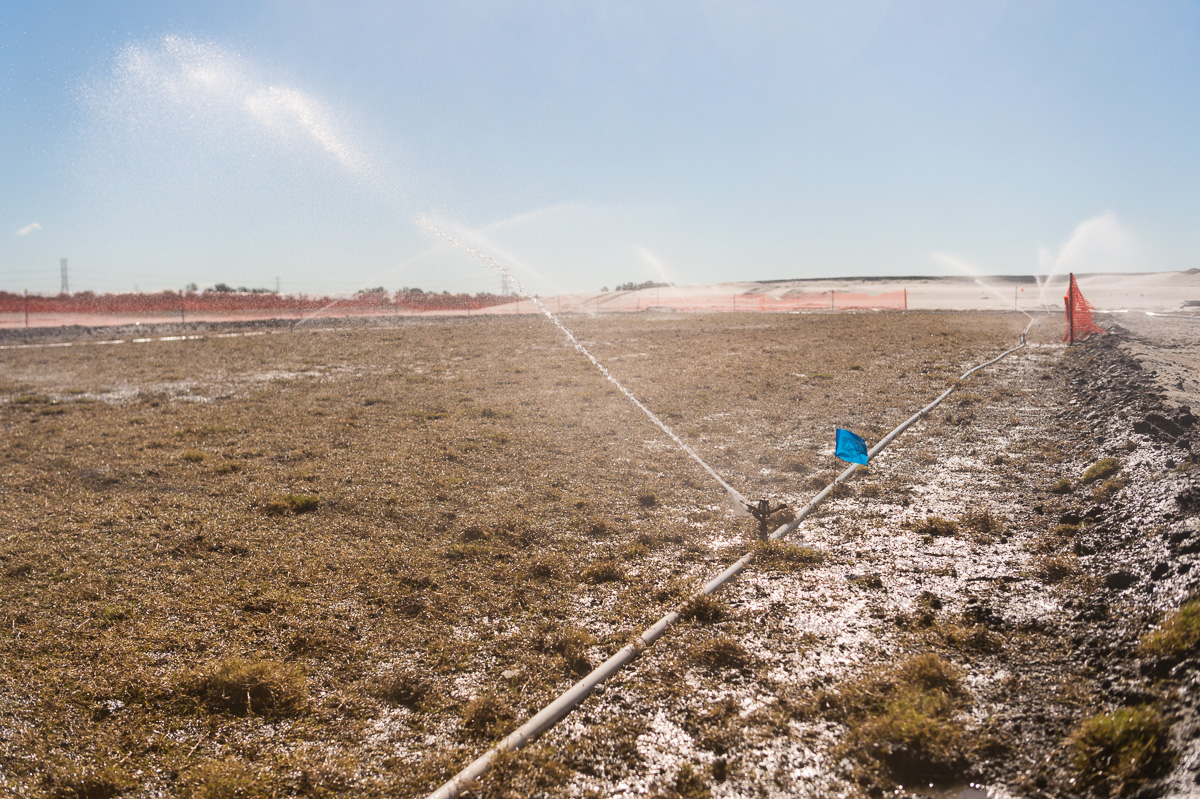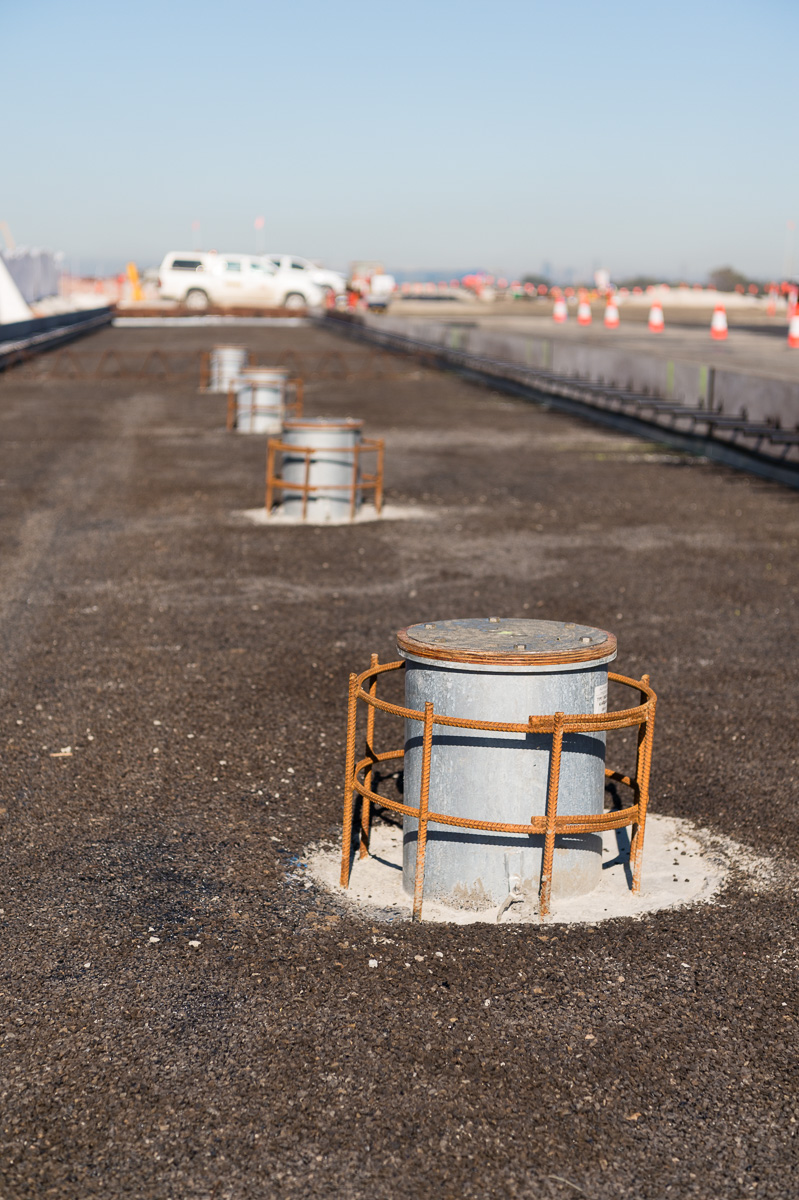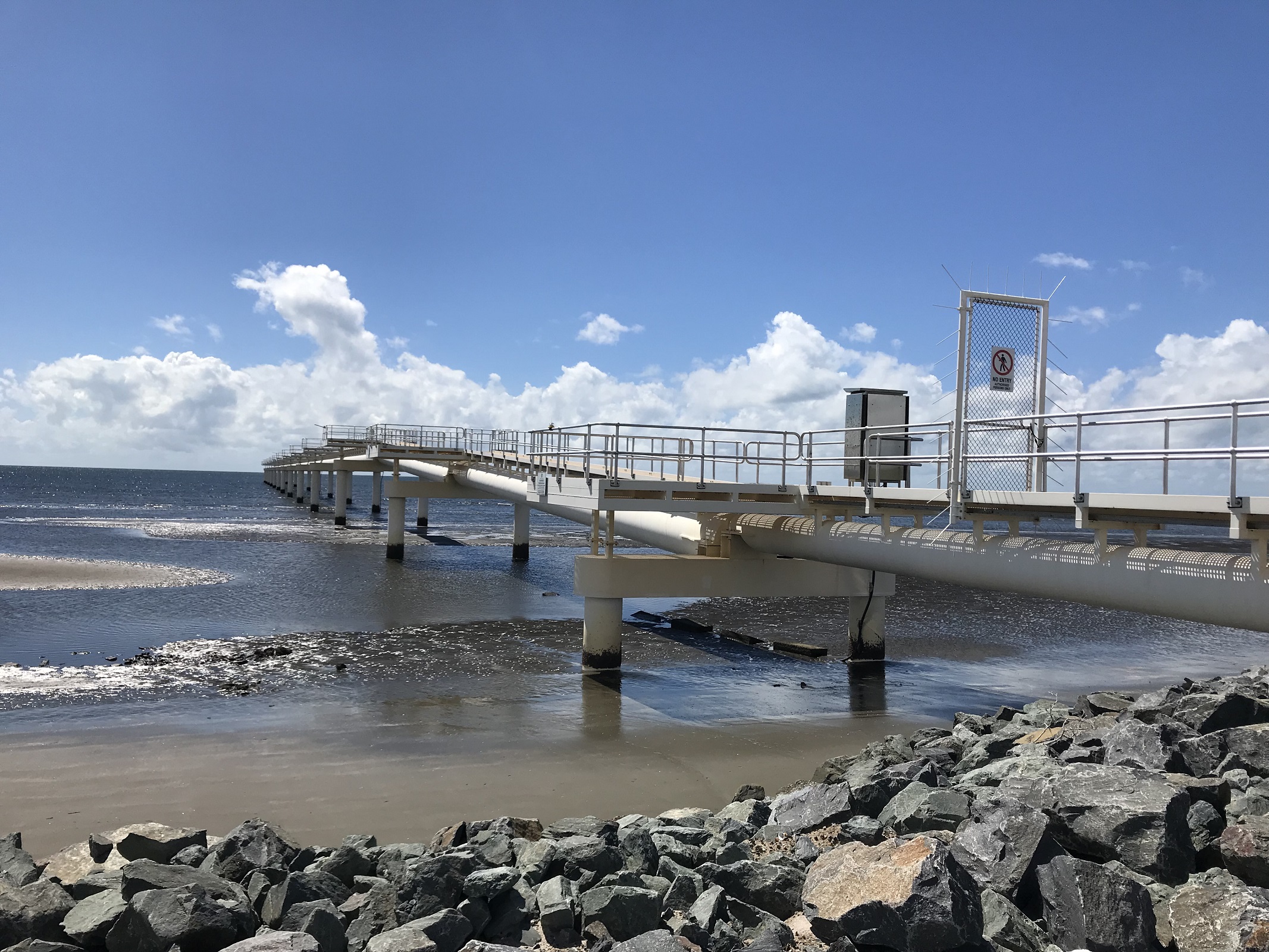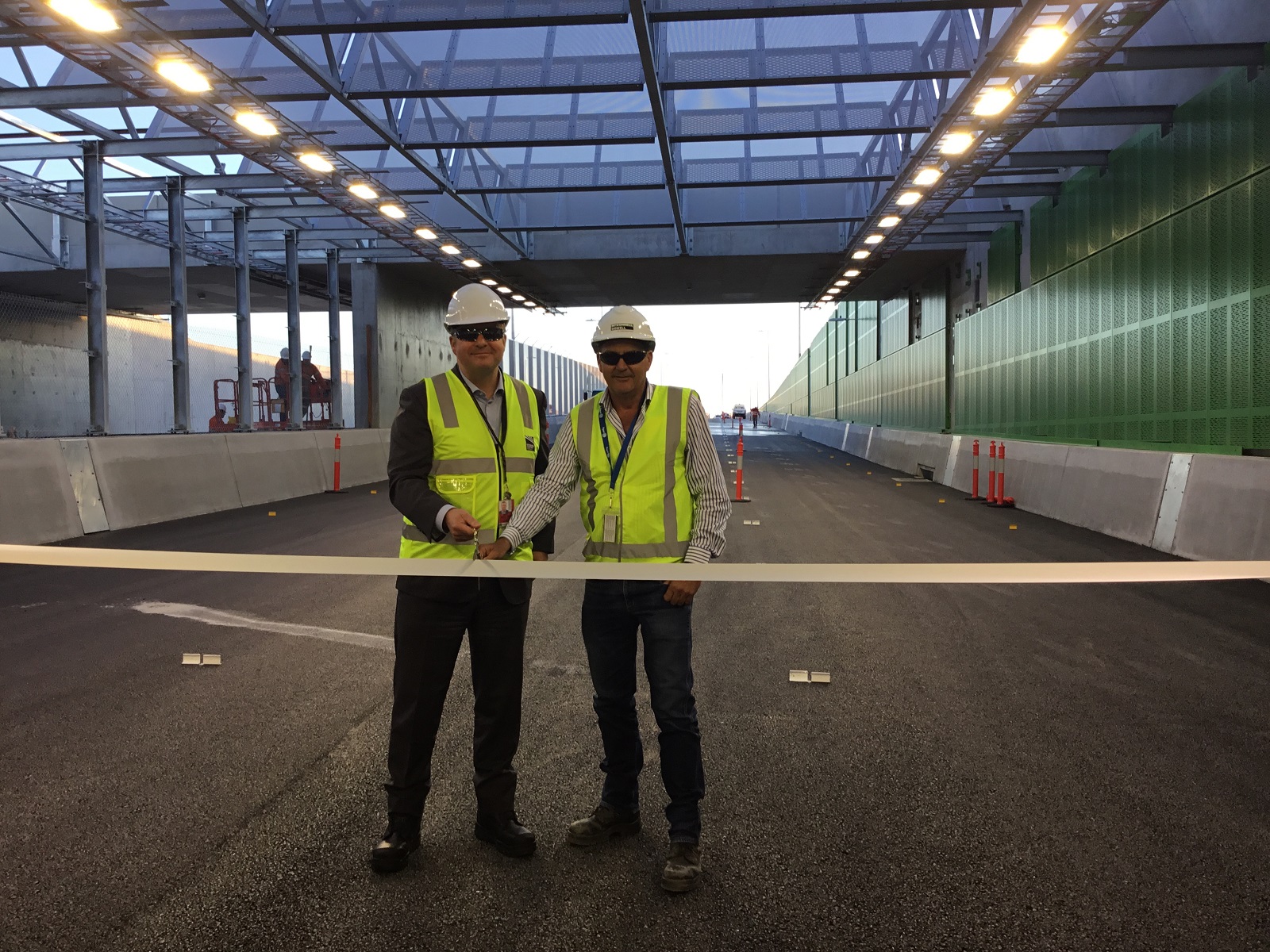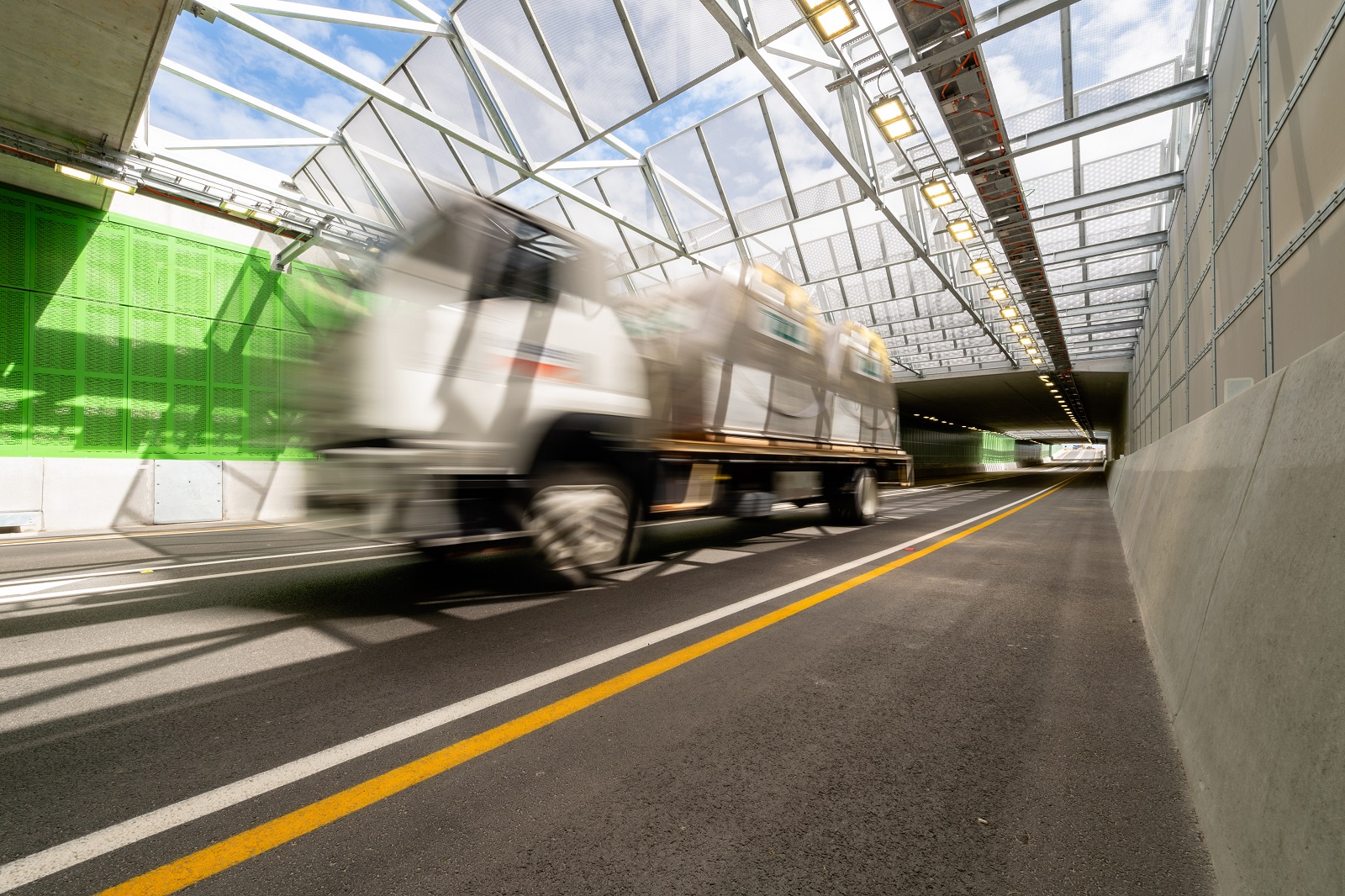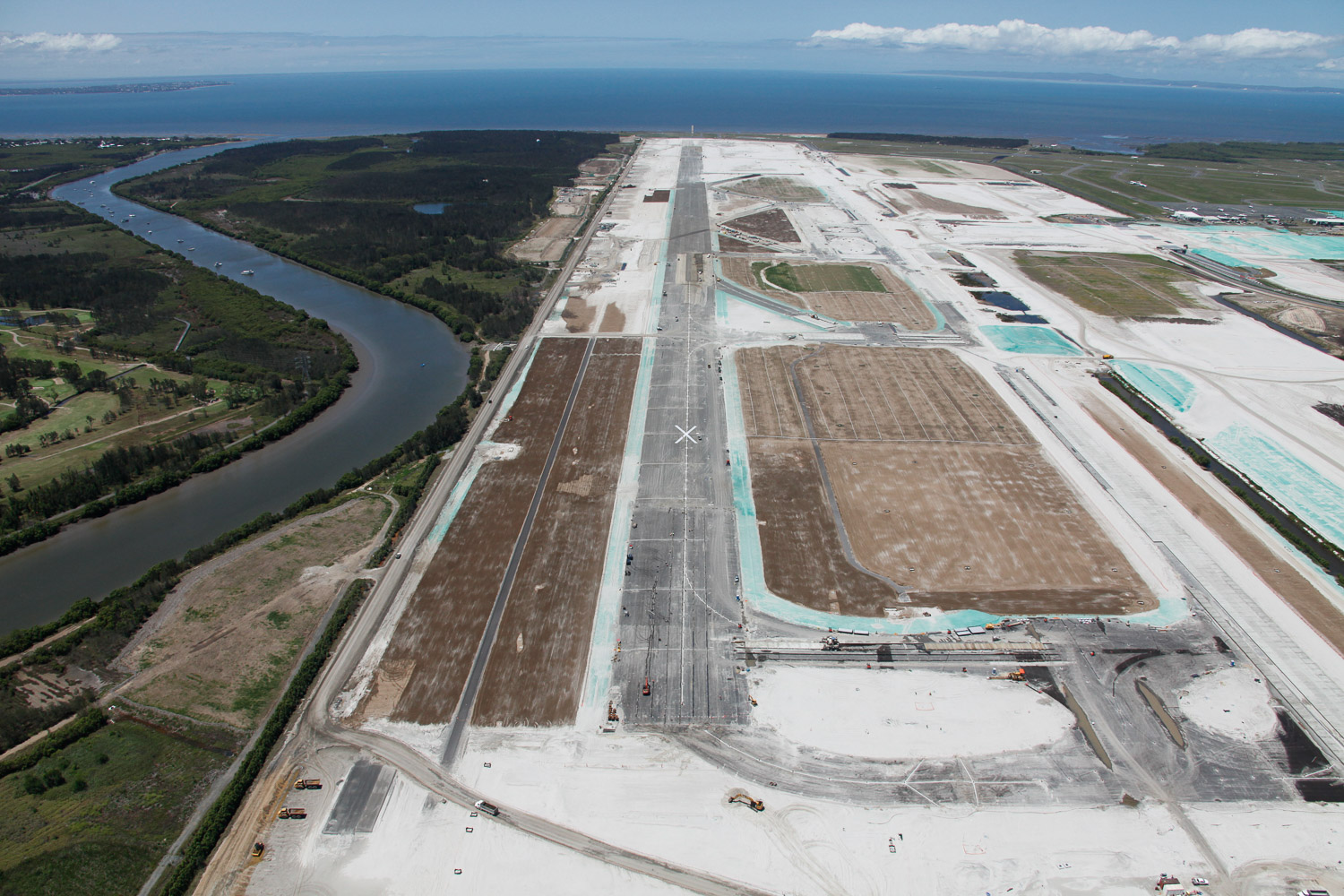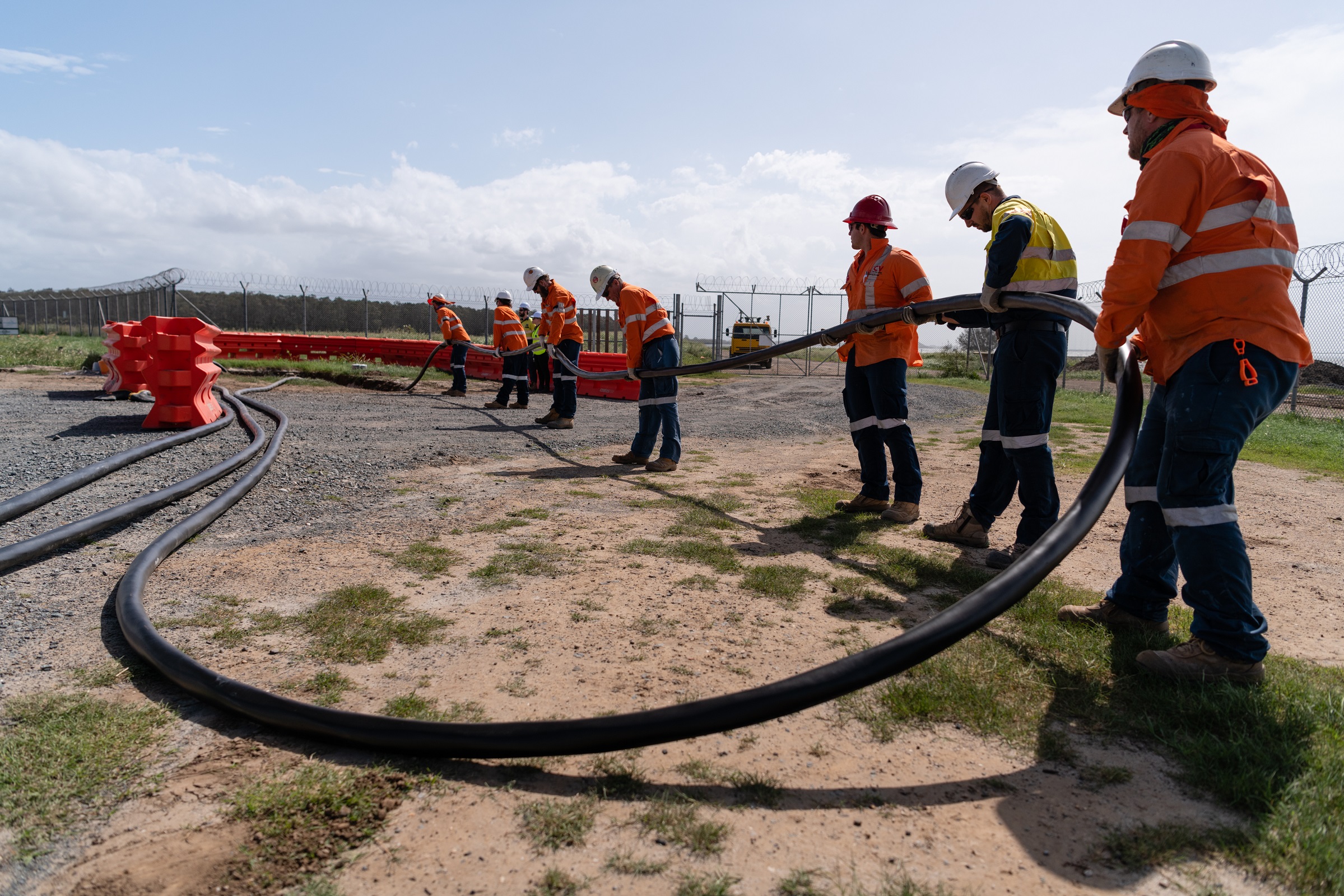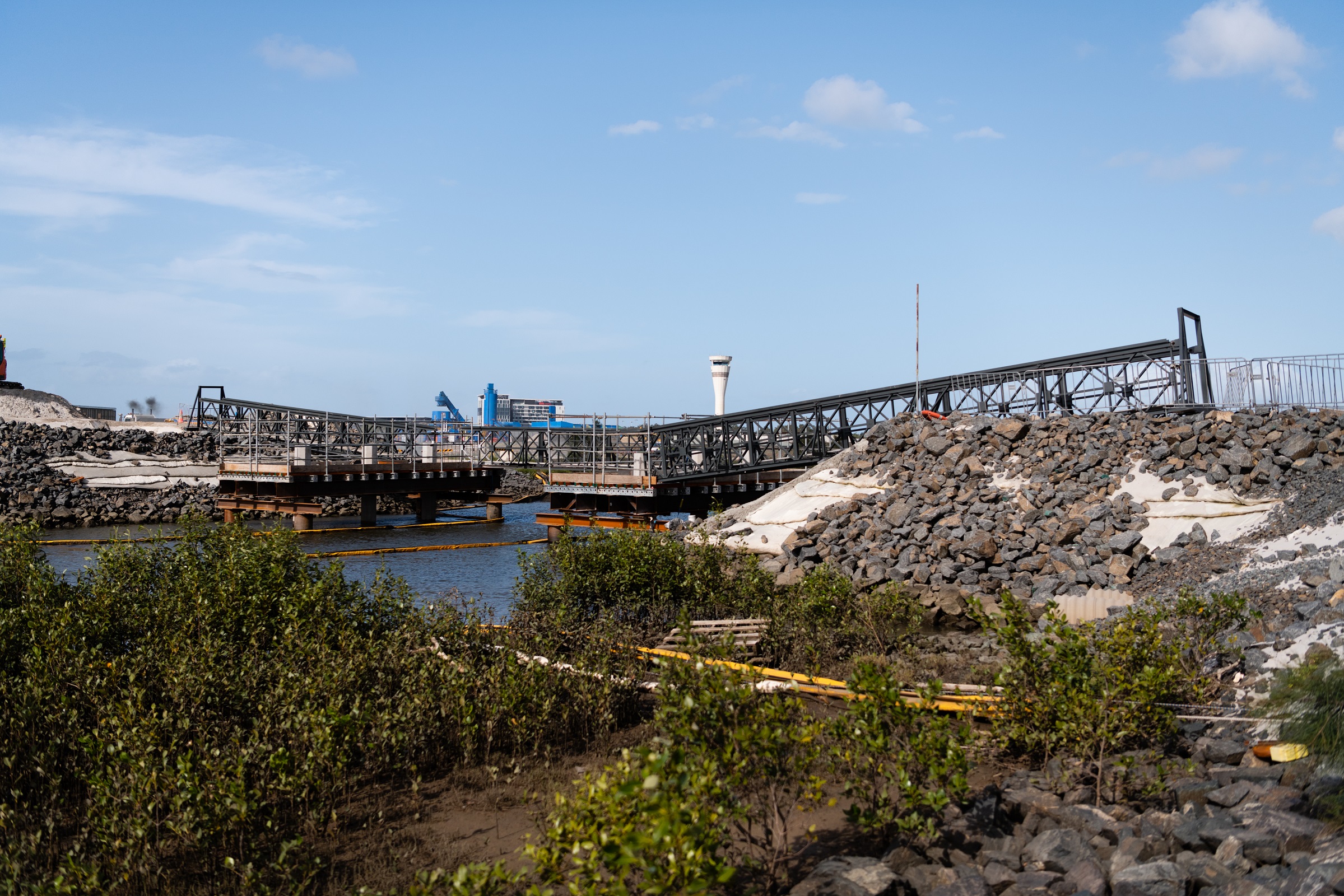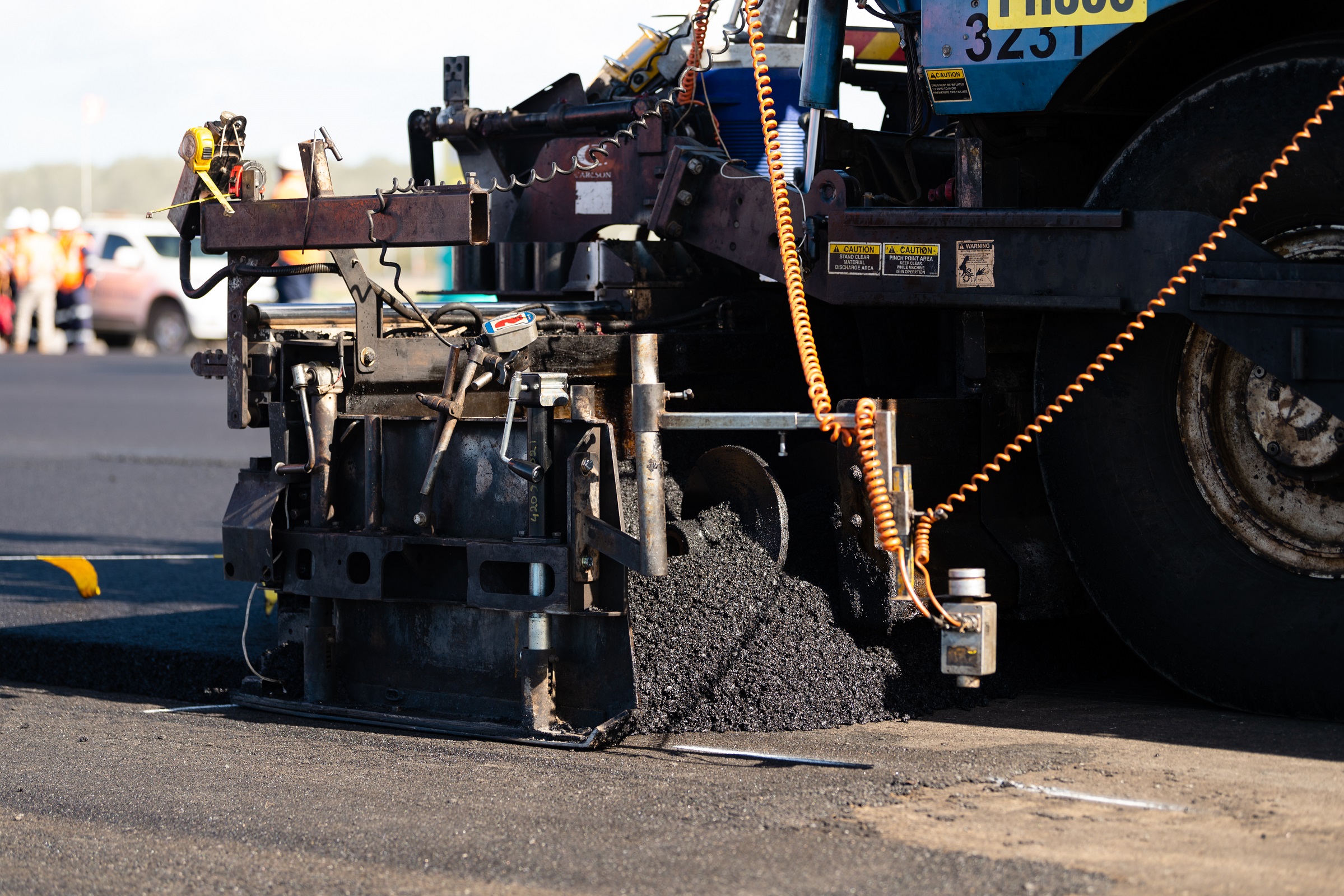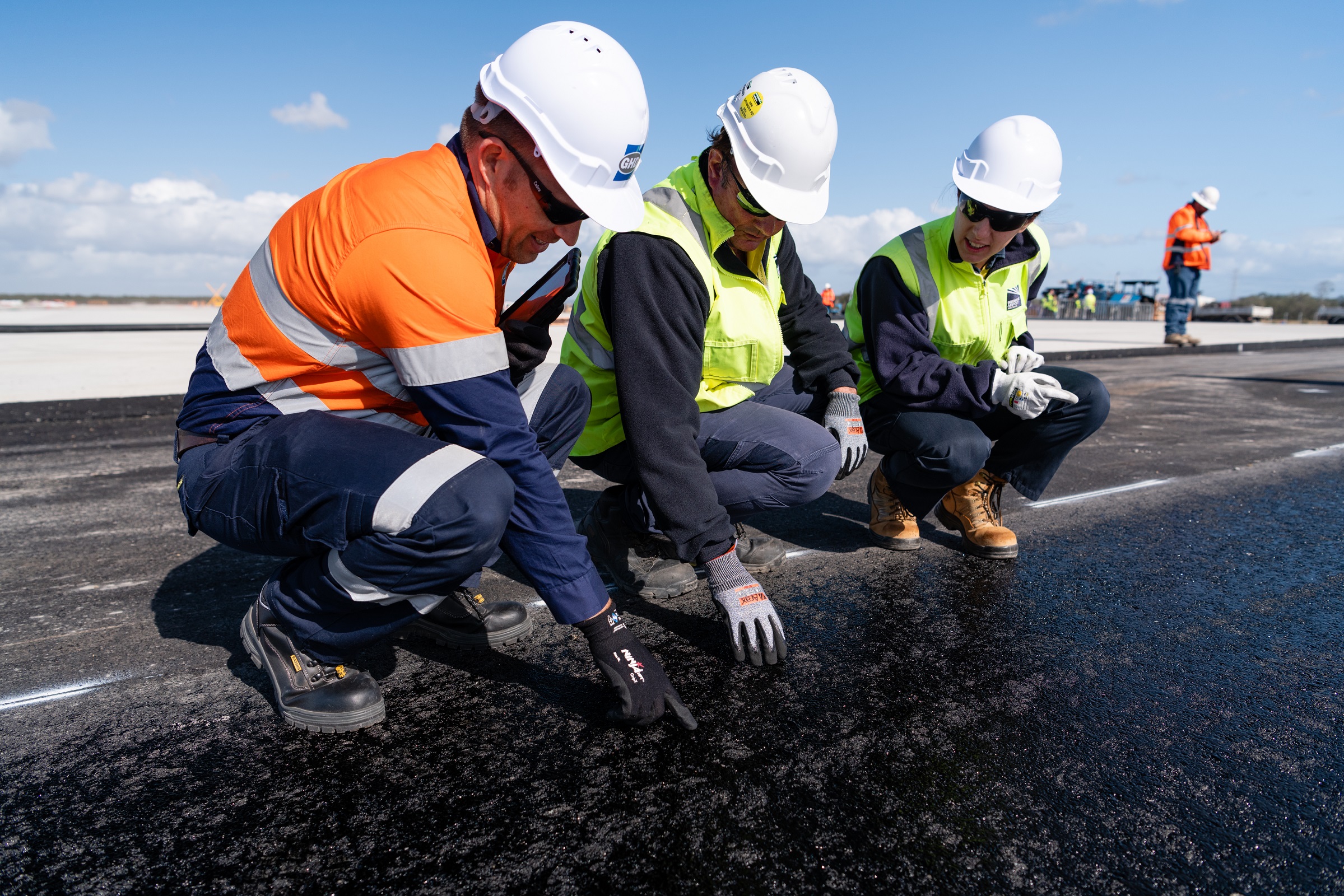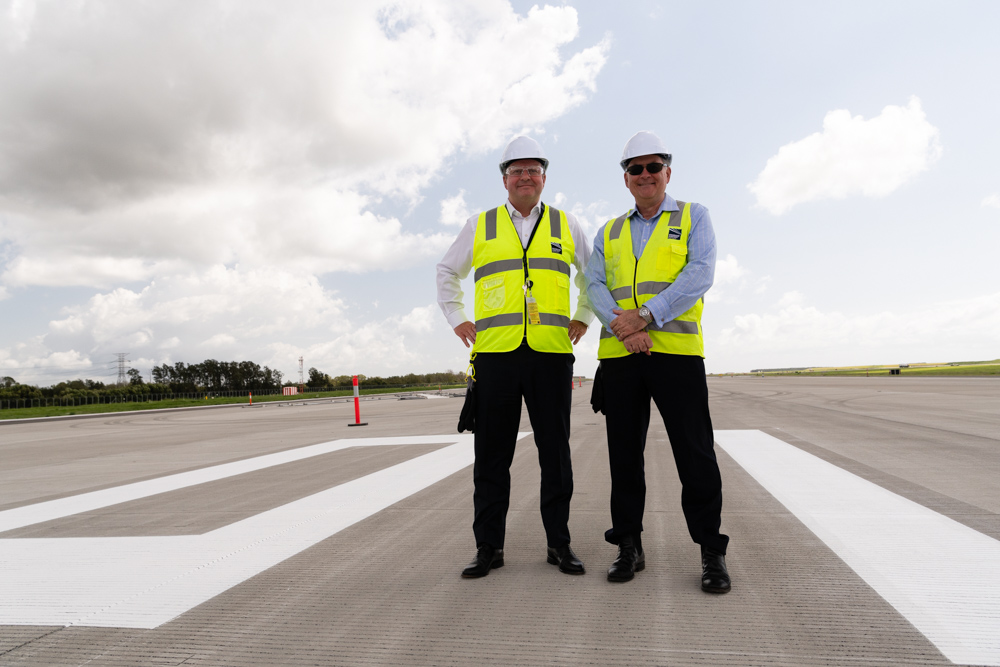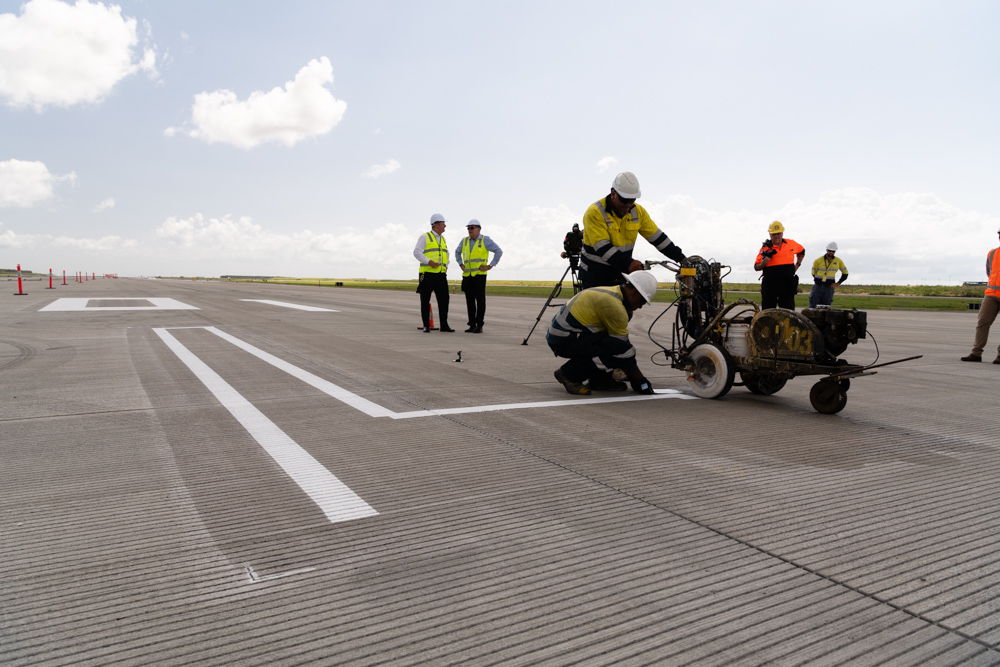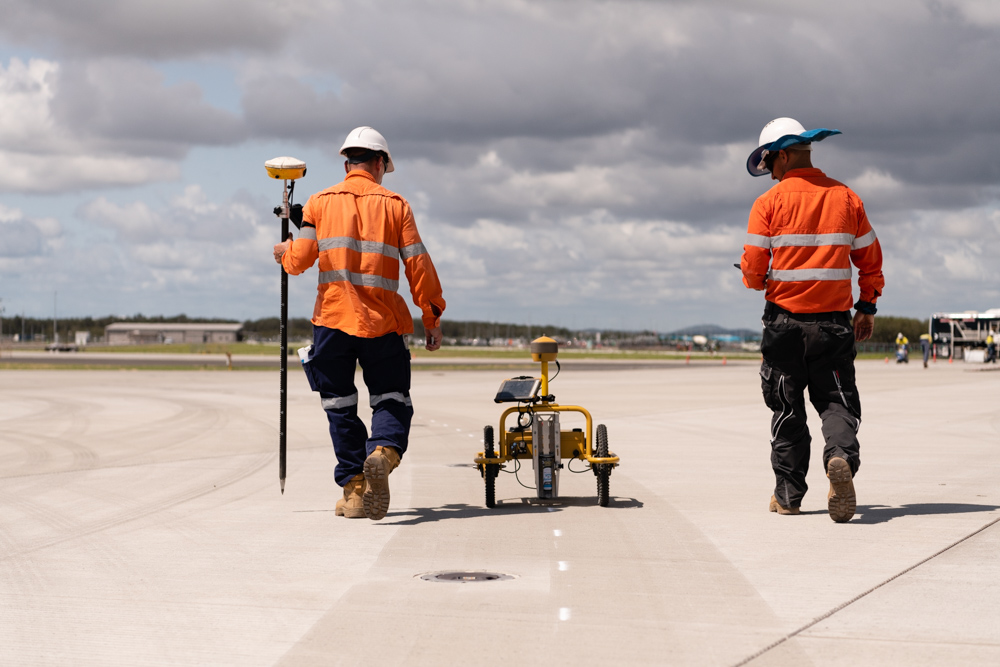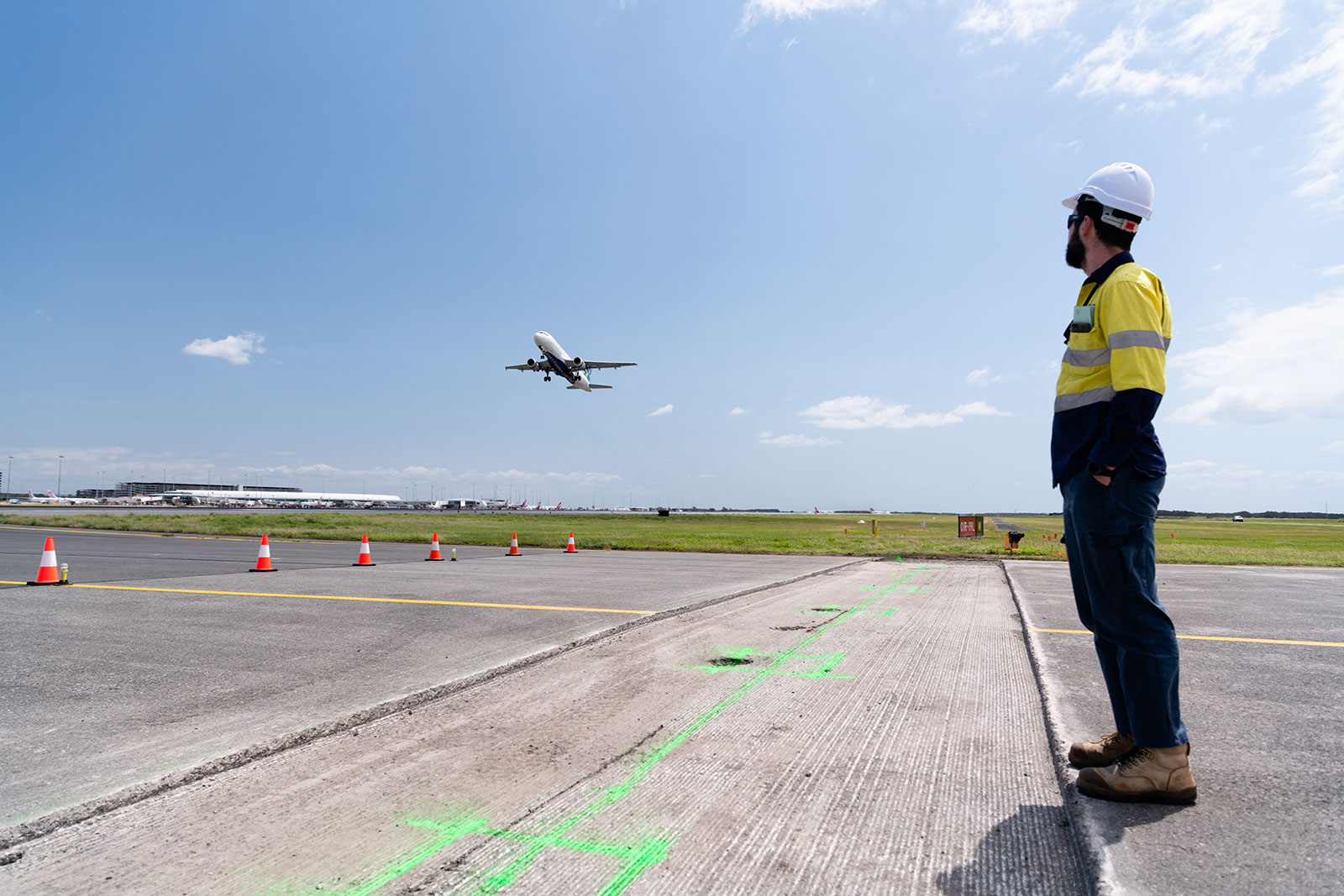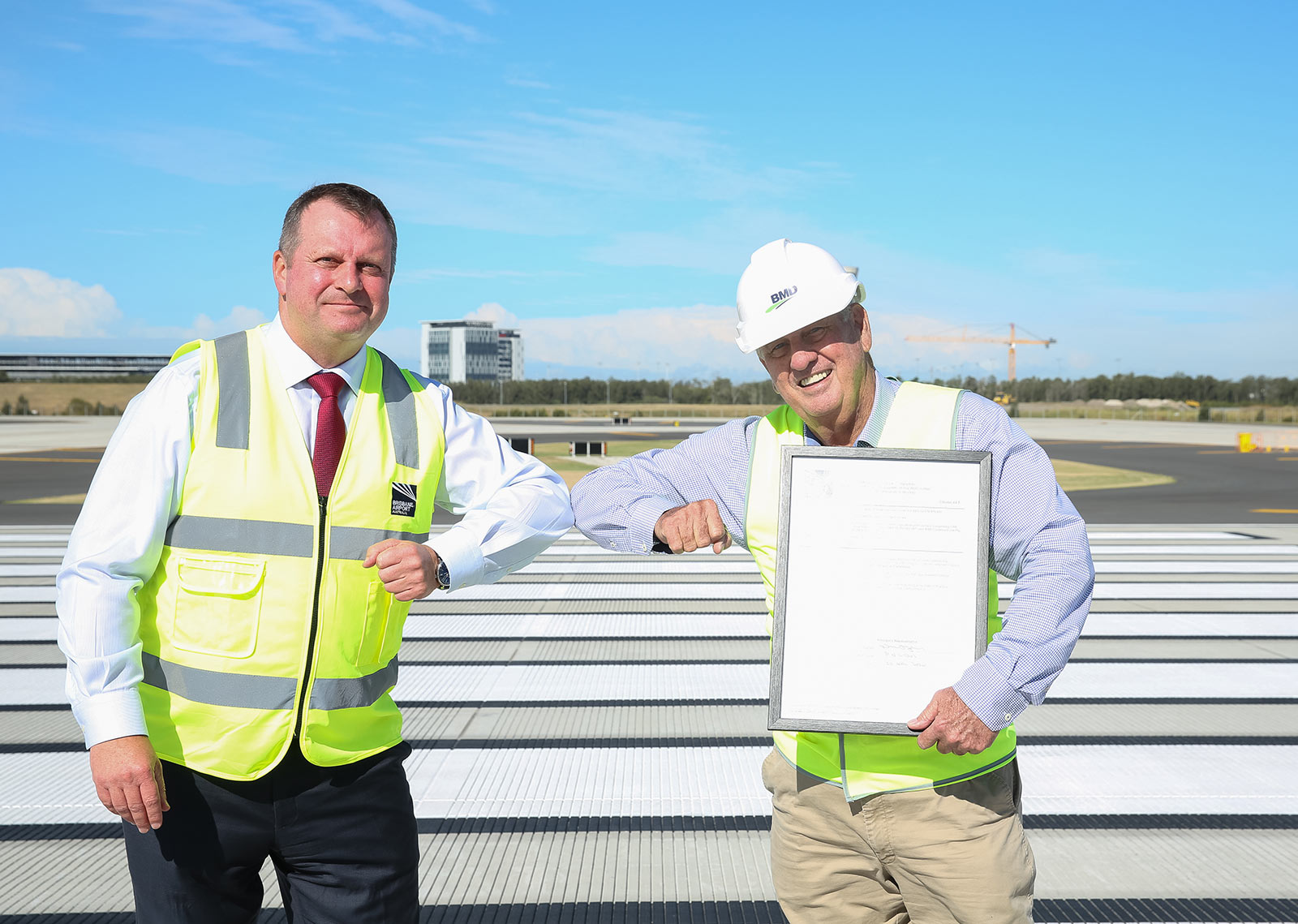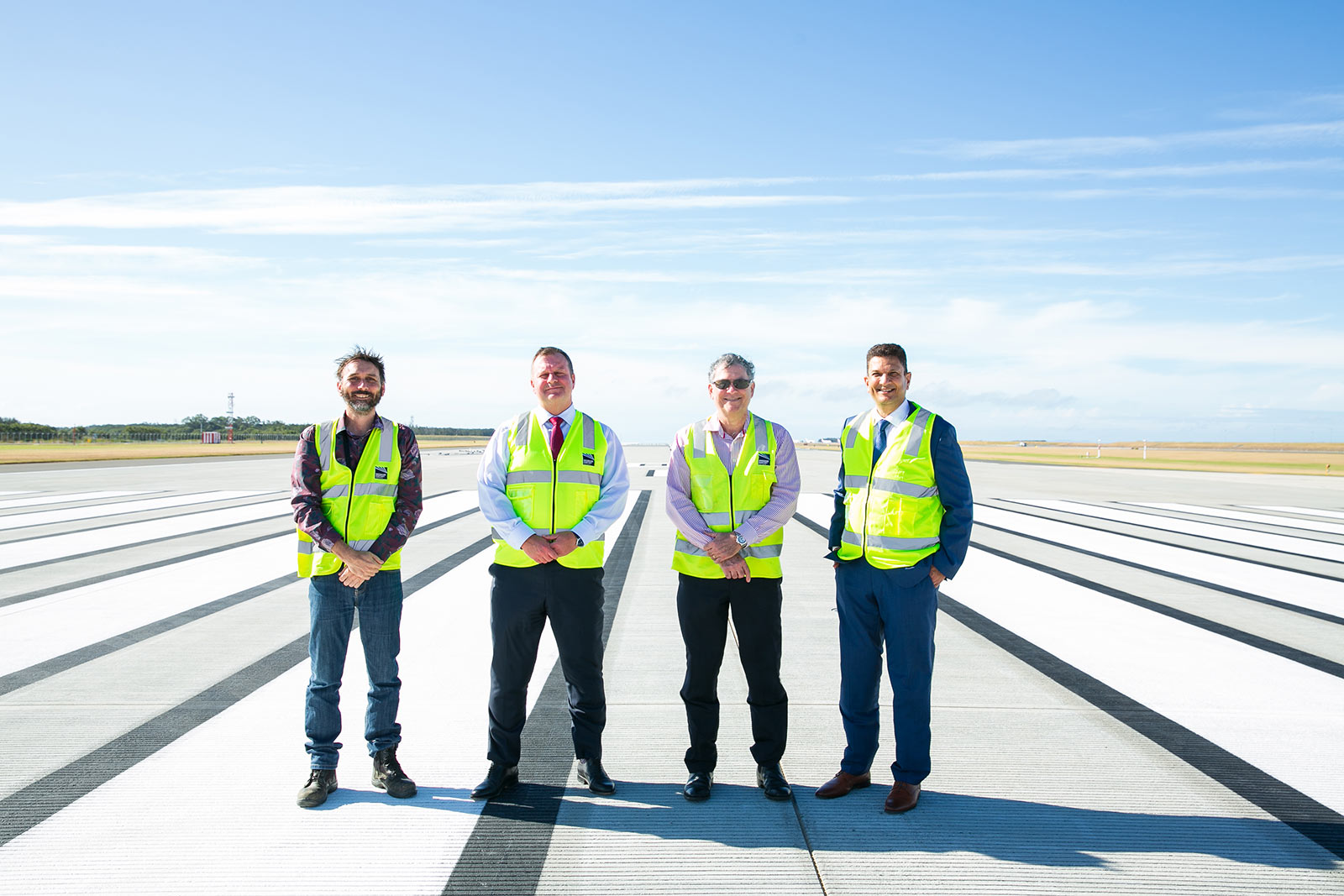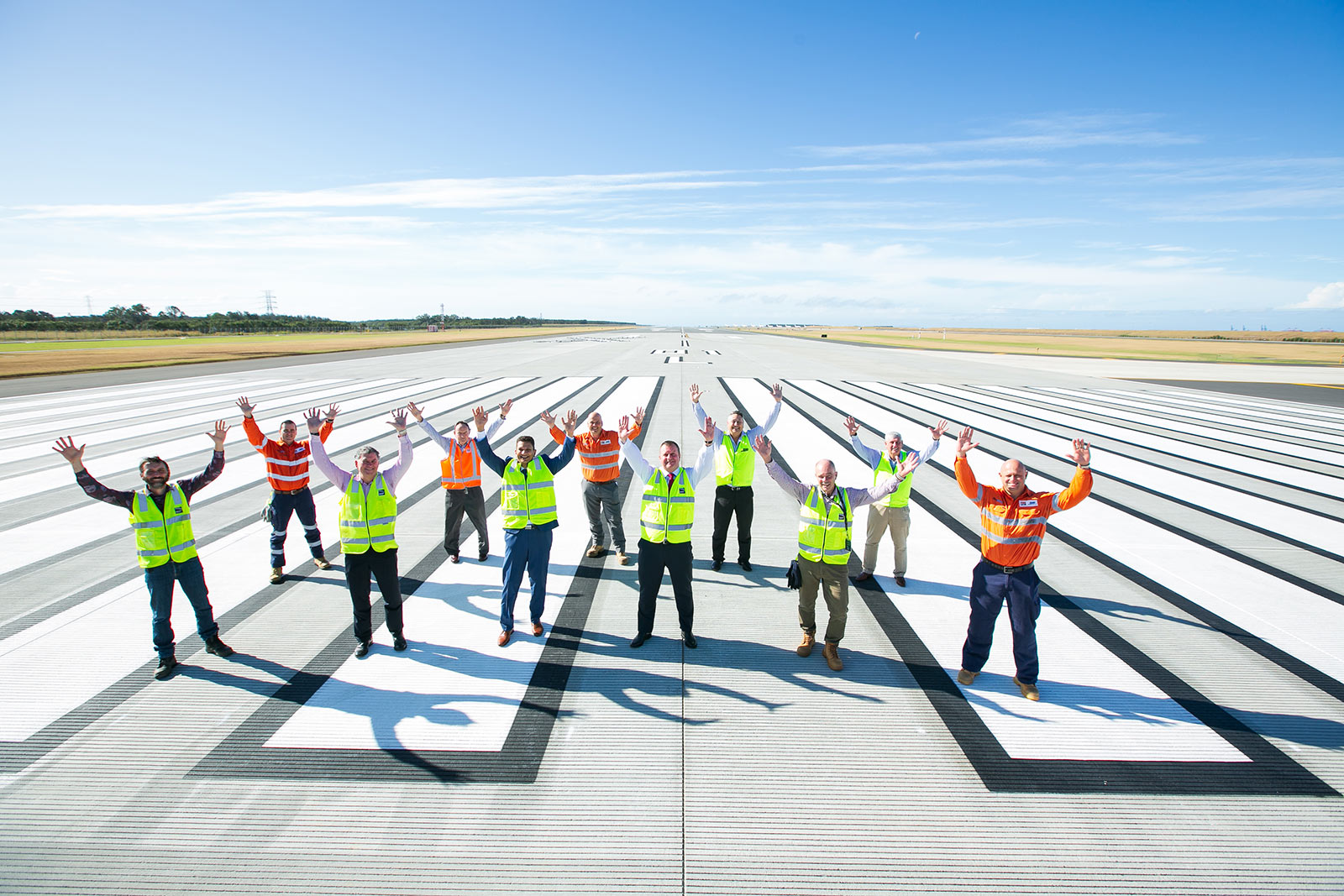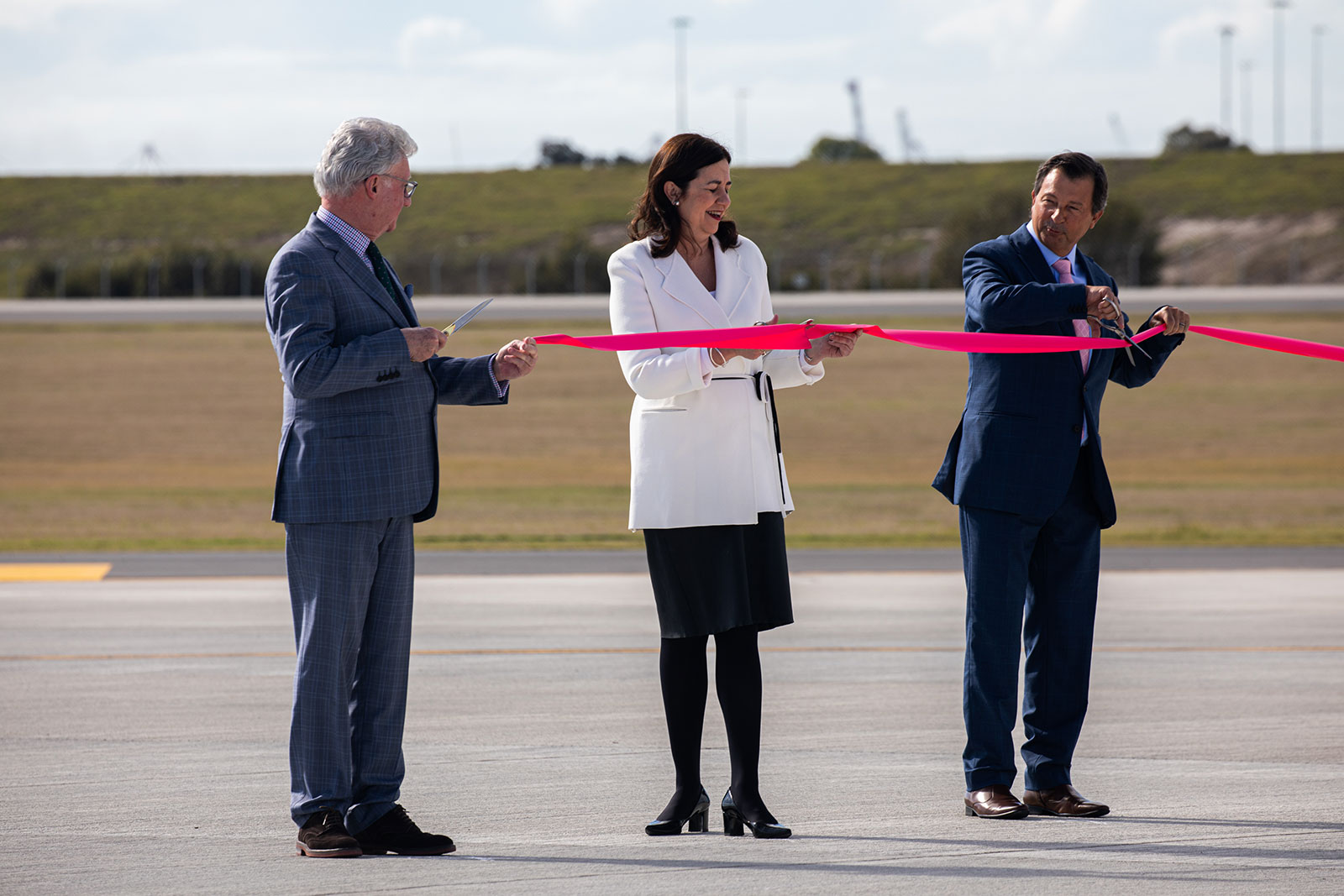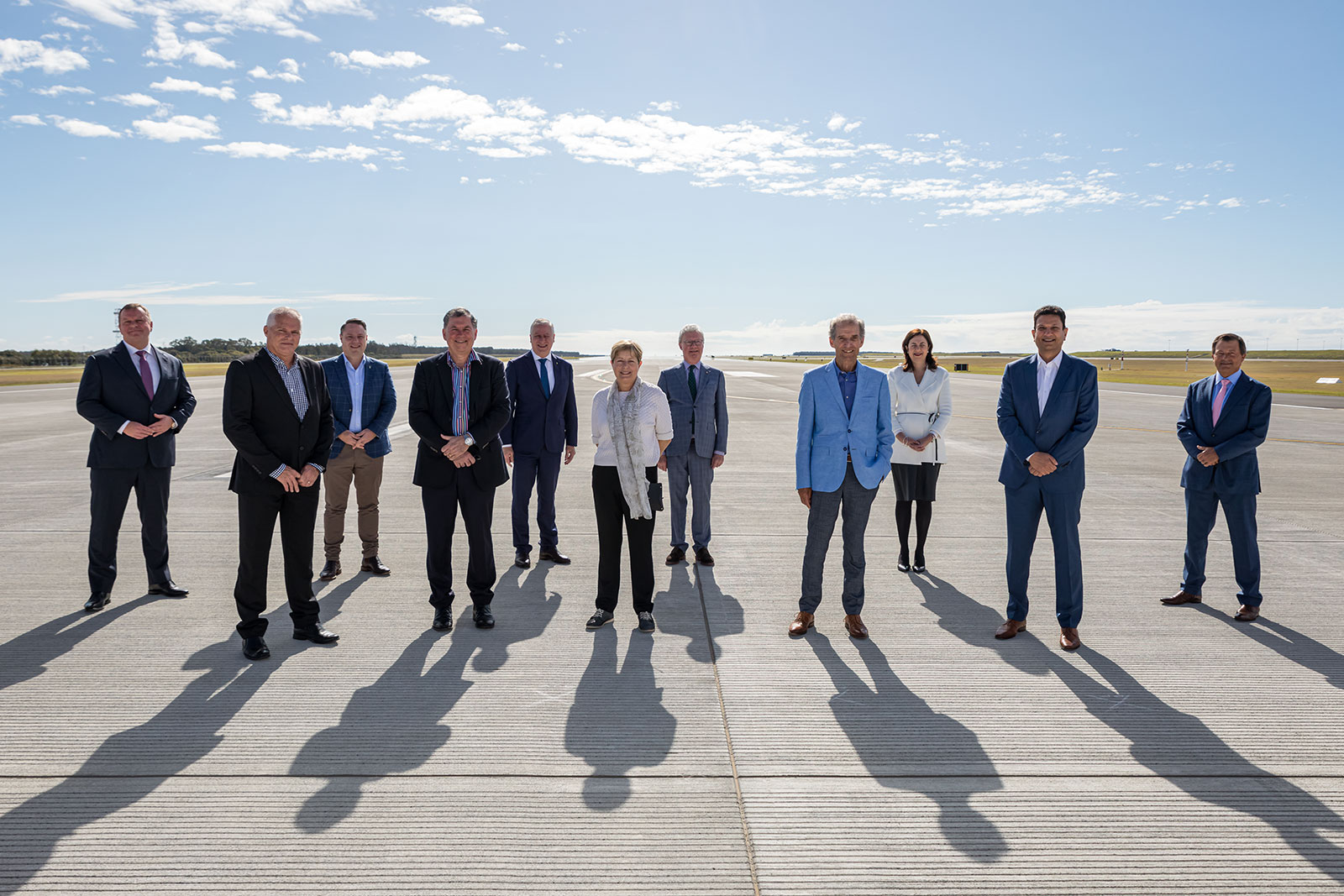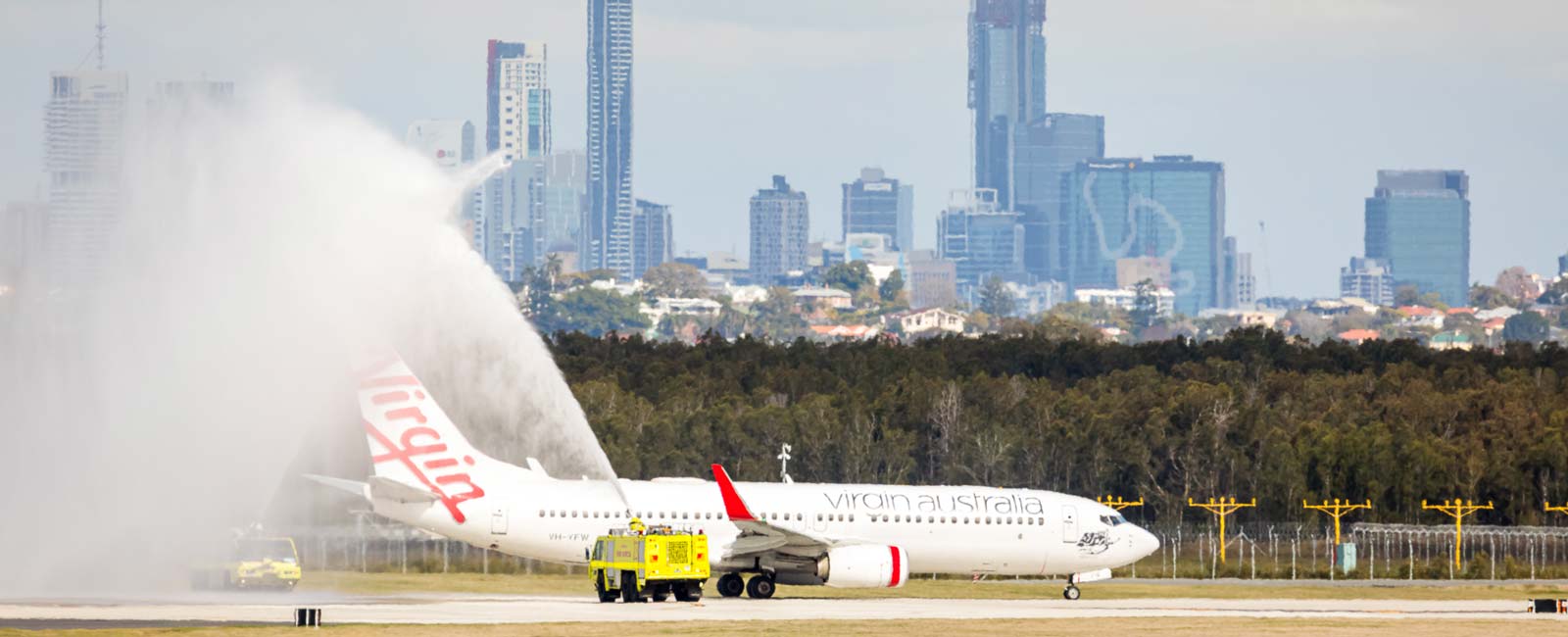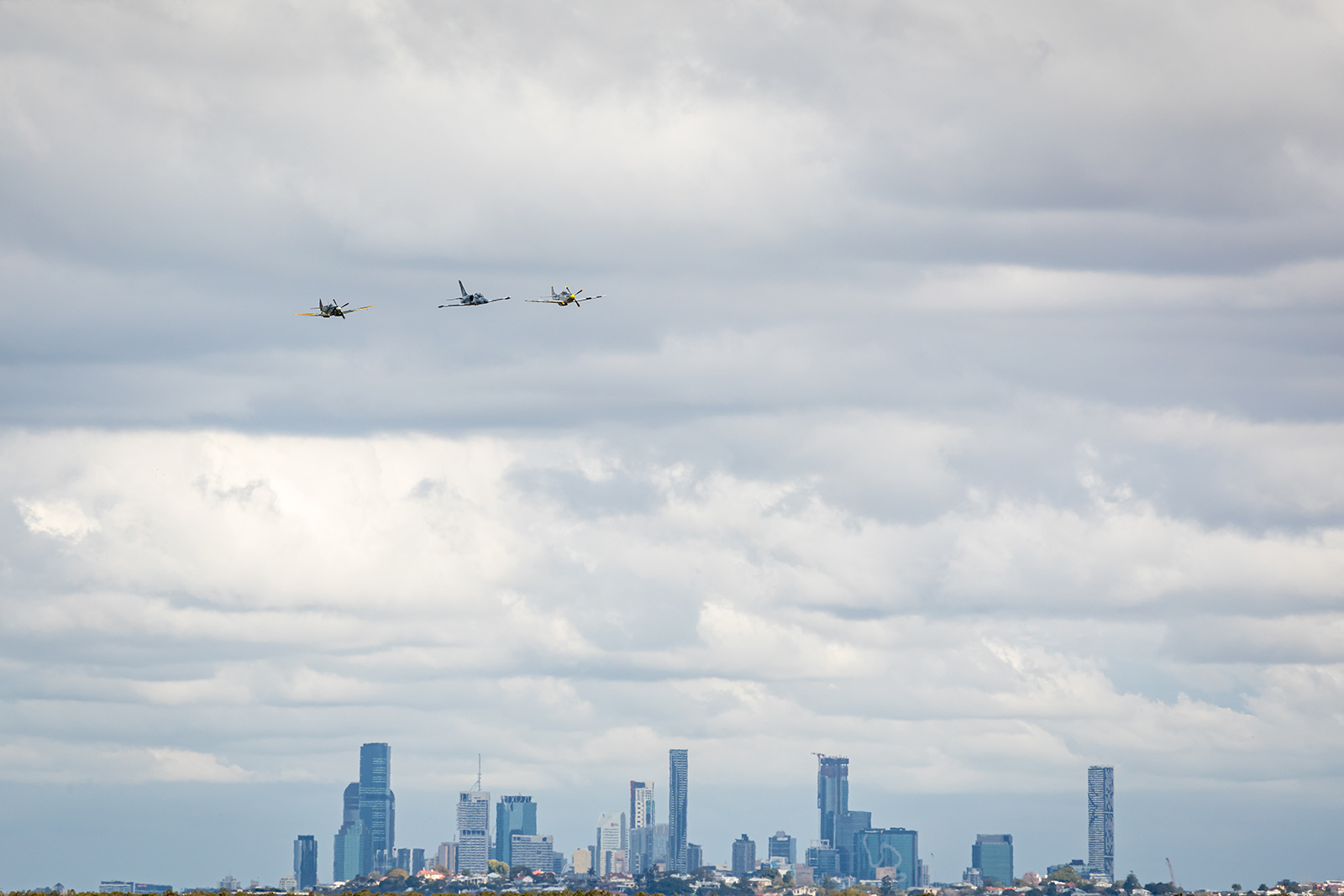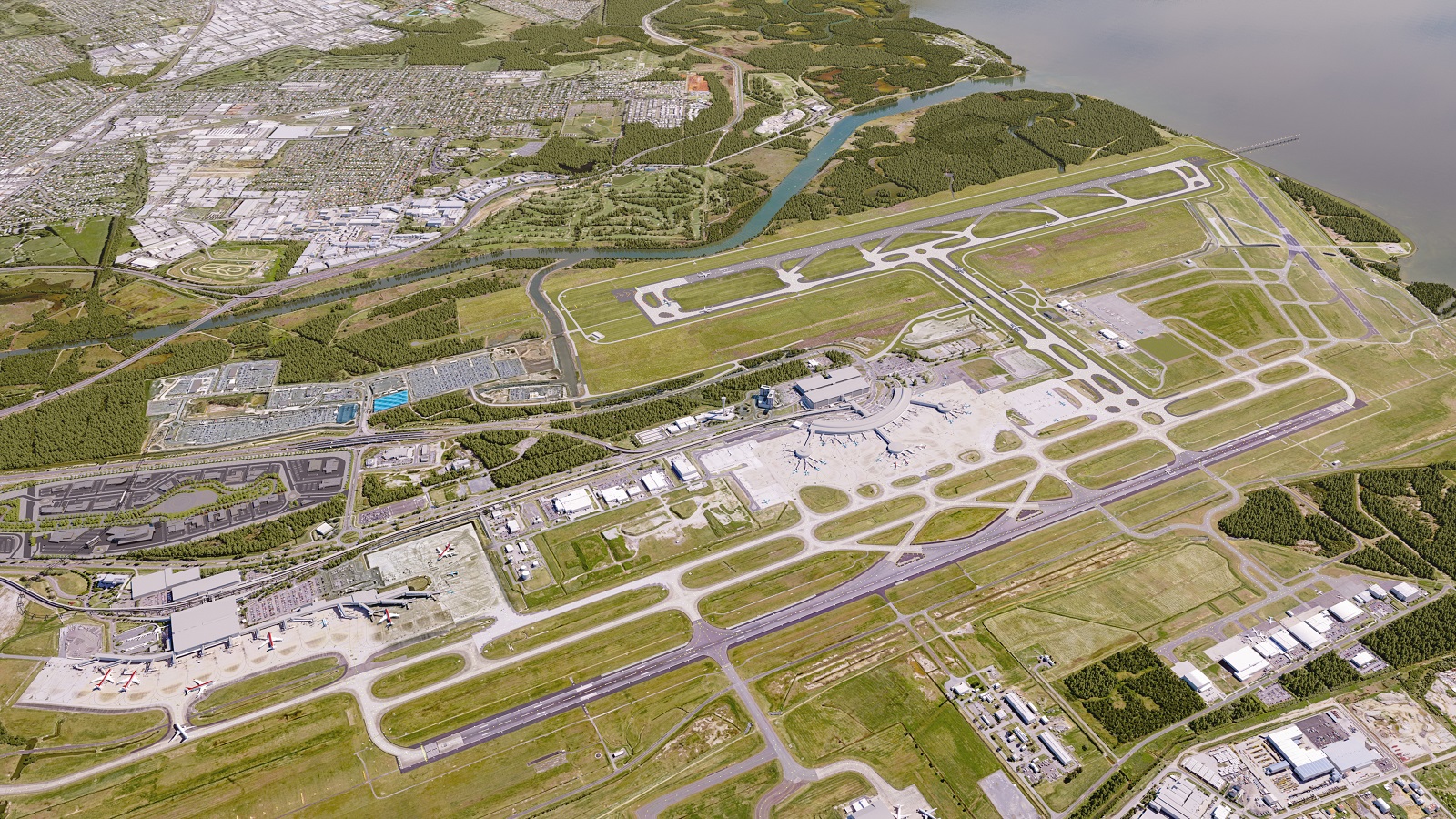
“First, have a definite, clear practical ideal; a goal, an objective.
Second, have the necessary means to achieve your ends; wisdom, money, materials, and methods. Third, adjust all your means to that end.”
In the words of ancient Greek philosopher Aristotle, these are the three pillars necessary to successfully see a goal or objective through to fruition.
When we look at Brisbane’s New Runway (BNR) and the history behind this project, the presence of these pillars is evident.
A parallel runway system in which both runways can operate simultaneously is a clear and practical idea that has been part of Brisbane Airport’s (BNE) long-term planning for over four decades.
And when Brisbane Airport Corporation (BAC) purchased Brisbane Airport in 1997 on a long-term lease, that idea became achievable through access to the necessary means.
With the operation of BNR beginning on 12 July 2020, it is a perfect time to reflect on the incredible history of the project to appreciate and understand the time, resources, planning, patience and hard work required to bring this once-in-a-lifetime major infrastructure project to life.
Where it all began: I’m living in the seventies
Brisbane’s new runway is a project that has been a long time coming.
Since February of 1971 to be exact, when a joint committee comprising of members of the Australian Government, Queensland Government, and the Brisbane City Council recommended the construction of a new airport for Brisbane five kilometres north of the existing site at Eagle Farm.
On the 16th of December 1971, Prime Minister William McMahon and Queensland Premier Joh Bjelke-Petersen made an announcement to devise a master plan for the future Brisbane Airport.
It was from this moment on that a wide-spaced parallel runway system in a north-south alignment was cemented as part of BNE’s long-term planning.
Over the next decade, the resumption of 60 houses in Lander’s Pocket and Lower Nudgee, some land from the Nudgee Golf Course and virtually all of the residential settlement of Cribb Island took place.
More than 900 people were relocated from Cribb Island before construction could begin on the new Brisbane Airport.
A new temporary International Terminal - capable of handling 240 arriving passengers and 240 departing passengers simultaneously every 20 minutes - opened in December 1975.
Moment of conception: The first sod
On the 5th of June 1980, Prime Minister Malcom Fraser symbolically turned the first sod to mark the commencement of the construction of Brisbane’s new airport.
The 2,700 hectare Brisbane Airport (BNE) site as we know it today is in a beautiful location, situated on a reclaimed portion of the Brisbane River delta.
Its northern boundary forms the shoreline of Moreton Bay, and quite literally, it is a precinct built upon low-lying, boggy marshlands where the soil is so soft, it gives geologists and engineers nightmares!
14 million cubic metres of sand was dredged from Moreton Bay and used to stabilise the soft, waterlogged mud and silt, making a solid base for the new terminals, aprons, taxiways and runway.
The new BNE: Thirty-one year’s young
BNE (well, the Domestic Terminal, existing main runway 01R/19L and cross-runway 14/32) was officially opened by Prime Minister Bob Hawke on the 19th of March 1988 - just in time for the World Expo that was being hosted in Brisbane (Expo ’88).
On the 20th of March 1988 at 2:45pm, a special charter Ansett Boeing 767-277 VH-RME was the last aircraft to depart from the old airport from Runway 4.
Eagle Farm Aerodrome was no more.
The International Terminal as we know it today (minus its fabulous expansion and redevelopment) was officially opened by Prime Minister Paul Keating on the 5th of September 1995.
BAC: A new era for BNE
In 1997, the Howard Coalition Government announced that airports would be privatized by way of divestment, and on 1 July 1997 BAC purchased BNE for $1.4 billion under a 50-year lease with an option to renew a further 49 years.
Under the unique leaseholder tenure, BAC retains ownership and control of the airport in its entirety for the duration of the lease term up to 2096, and took on responsibility to ensure the airport operates efficiently while limiting its impact on surrounding communities.
In 2005, BAC commenced the planning and approval process for the new runway.
The Airports Act 1996 triggered the requirement for a Major Development Plan (MDP) to be prepared, and the Environment Protection and Biodiversity Conservation Act 1999 triggered the requirement for an Environmental Impact Statement (EIS).
The Federal Minister for Transport and Regional Services approved the combined MDP/EIS for the runway on the 18th of September 2007.
Shortly thereafter, BAC continued extensive public engagement around the project, but had to halt construction in the wake of the global financial crisis and a dip in passenger numbers.
2012: And so it begins
Site preparation and reclamation works commenced on the 30th of July 2012.
Due to the extremely poor strength soils of the BNR site and the extent of the ground improvements necessary before construction could begin, five years were set aside for this phase alone.
Some of the major milestones achieved during this phase include:
- Clearing the 360 hectare site.
- Installation of 330,000 vertical wick drains into the underlying soil to depths of up to 35 meters.
- The Charles Darwin commenced dredging in June 2014, with 11 million cubic meters of sand pumped from an approved site in Moreton Bay through a 4.5 kilometer long pipeline to the reclamation site.
- Placing 11 million cubic metres of sand across the 360-hectare site in 2014.
The site was left to settle for three years, allowing the weight of the sand coupled with the straw-like action of the wick drains to squeeze the water out of the soil.
In October 2016, the re-establishment of a 1,720 meter rock revetment extending from the Cribb Island Bathing Sheds to Serpentine Inlet at the BNE foreshore – the northern end of the BNR site - commenced.
The site preparation and reclamation works reached completion in May 2017, with the airfield achieving the ground improvements necessary to move into the final construction stage of the project.
2017: The year of the underpass
This year was all about the $120 million Dryandra Road Underpass after the contract was awarded to McConnell Dowell in February.
Construction commenced in May, with 750,000 cubic meters of sand moved to make room for the underpass that sits five metres below sea level.
This was followed by the installation of five kilometres of water and sewer pipes and 35 kilometres of conduits.
More than 700 concrete piles were driven to an average depth of more than 30 meters below ground level in July.
The Airfield Works contract was awarded to joint venture contractor Skyway in July 2017. Construction commenced in November 2017 with the removal of five million cubic meters of excess sand.
2018: The airfield takes shape
Work continued on the Dryandra Road Underpass, with sixteen kilometres of drainage pipes installed underground from January.
Proof rolling to compact the sand on the airfield occurred, followed by pavement trials.
A critical stage of the new runway’s construction is completing the 300 hectares of landscaping which covers all areas around the new runway and the taxiways – the equivalent of 269 Suncorp stadium playing fields.
A landscaping trail was conducted in early 2018, with an all-year-round grass species that is low growing and low wildlife attracting selected to ensure ease of maintenance and an ideal environment for an active airfield.
By using a technique called ‘stolonisation’, in which pre-grown and living turf is shredded and sprayed by an agricultural spreader on site, the grass will quickly stabilise and establish roots.
Work also commenced on the lighting system, which is made up of approximately 2,000 individual lights across the high intensity approach lighting (HIAL) and the airfield ground lighting (AGL).
AGL testing took place in mid-2018 alongside pavement testing.
Another milestone for the lighting system was the completion of the HIAL northern structure in September 2018. The jetty extends 370 metres into Moreton Bay to maximise the buffer zone to the nearest residents south of the airport.
Nearly 20,000 cubic meters of heavily reinforced concrete was poured for the Dryandra Road Underpass.
The final touches involved the completion of 1.1 kilometres of separated public roadway – two lanes airside, two lanes landside – to allow access to the General Aviation Precinct and the plane spotters area on Acacia Street.
The Dryandra Road Underpass opened in October 2018, and the first layer of crushed rock was placed on the runway in December, with the 360 hectare site finally starting to resemble a runway.
2019: The future is now
With fewer than 12 months to go on construction of the project, the airfield is really starting to take shape.
The airfield conduits and pits are 90 per cent complete, with a staggering 202,668lm of conduits going in across the airfield.
In April, work commenced on the John Hansford Bridge. This bridge will form part of the airside perimeter road network for Brisbane’s new runway and is named after Brisbane Airport's longest serving employee in recognition of his ongoing commitment and dedicated service to the airport.
Work on the pavements is complete, with concreting of the 12km of taxiways reaching completion on 16 October.
The application of 100,000 tonnes of high strength asphalt - the final layer of the runway's pavement design - was completed on 4 December. All that remains is the line-marking and completion of the lighting.
The design of the pavement used for Brisbane’s new runway is based on a proven, robust design used at other airports across the world.
2020: The final countdown
The eight-year construction program is all but complete, with the finishing touches being completed alongside the commencement of the detailed testing and commissioning process.
The centre-line lights for the runway were installed at the start of February, marking the completion of all airfield lighting across the airfield.
When the new runway opens in mid-2020, it will have the first 100 per cent LED ‘Cat 1’ lighting system in the Southern Hemisphere, allowing each light to be monitored and controlled individually, maximising maintenance efficiency.
On 21 February, BAC's Chief Executive Officer, Gert-Jan de Graaff alongside Project Director, Paul Coughlan, assembled on site to announce the date on which the first historic flights will take off and land on Brisbane's new runway - Sunday, 12 July 2020.
The announcement coincided with the commencement of the line marking on the runway and supporting taxiways - the final component of the extensive eight-year construction programme.
Over the next four to six weeks, more than 6,780 litres of paint will be placed on the runway and taxiways, spanning 120 kilometres in length.With two coats of paint used, there is enough paint to create a straight line between Brisbane and Hervey Bay.
The largest paint strip for the project is the two aiming points located at each end of the runway, which each measure 60 metres long by nine metres wide.
The paint for the taxiways will incorporate more than 1.3 tonnes of glass beads - tiny balls that help make the paint reflective. Allstate Line Marking, subcontracted by Skyway, will complete the line marking with the help of Tiny Surveyor, an innovative robotic tool supplied by geospatial solutions provider Position Partners.
Tiny Surveyor negates the need for surveyors to manually set out the runway lines by foot saving considerable time while also improving safety on site.
In March 2020, we conducted a flight check to test the runway lighting system.
The flight check trialled the six different stages of intensity for the lighting system, during daylight hours and at dusk/night-time.
As part of this testing, an aircraft approached both ends of the runway a number of times, flying approx. 50 foot (15 metres) above, but not landing on the runway at any time.
The taxiway lighting also underwent a visual inspection, completed via a motor vehicle on the ground.
Other flight checks will be conducted over the coming months by Airservices Australia and the Civil Aviation Safety Authority (CASA).
Extensive work has been done over the last 12 months to install Stop Bars across the new runway site and the existing runway.
Throughout this process, BAC has sought to understand the successes and failures of other airports across the globe that have introduced Stop Bars in order to deliver the best possible outcome for Brisbane Airport.
GHD designed the Stop Bars, with the New Parallel Runway (NPR) team and the Airport Lighting team heavily involved in the design development process. They were also essential in understanding issues encountered at other airports and implementing design solutions to overcome these issues.
More than 500 new lights were installed and connected back to airfield lighting and equipment rooms via five kilometres of new underground conduits. The Airport Lighting team provided electrical isolations as required to allow Skyway and ADB Safegate to proceed with construction.
On 30 April 2020, Brisbane Airport Corporation (BAC) and Skyway, a joint venture between BMD Constructions Pty Ltd and CPB Contractors Pty Ltd (a member of the CIMIC Group), celebrated the practical completion of Brisbane’s new runway.
Throughout the life of the project, more than 3,740 people were inducted to work on site, with a peak of 650 people in mid-2019.
Three hundred and twenty-four different subcontractors were engaged during the project - 90 per cent of which were based in South East Queensland – putting in approximately 3.3 million manhours.
The new runway landed under budget at $1.1 billion, a saving of $200 million on initial estimates.
With practical completion now achieved, the detailed commissioning process for the new runway will continue as part of the wider Operational Readiness and Testing (ORAT) program.
On Sunday 12 July 2020, Brisbane's new runway - Runway 01L/19R - officially opened for business.
It was opened with a celebration of Queensland's rich aviation history.
Virgin Australia, BNE’s home carrier, had the honour of the first historic departure, flying to Cairns in celebration of Brisbane’s deep connection with the regions and Queensland’s tourism industry.
Following an official ribbon cutting on the runway, invited VIP guests gathered airside with 150 Brisbane Airport Corporation staff and 10 local plane spotters, who won a place at the event in a lucky draw, to watch the first aircraft movements and sky show.
In a first for an Australian capital city airport, the air space above BNE was briefly closed to allow the aerobatics display by ‘Fighter Pilot Adventure Flights’, a Brisbane-based private aircraft collection and flight experience company specialising in warbird operations.
Flying at speeds of up to 500 kilometres per hour at an altitude of 100 metres the aerobatics display included a breath-taking series of linked manoeuvres, V-formation flying, and a tail chase.
Harking back to Brisbane Airport’s historical past, the Great Nephew of pioneer Australian Aviator Bert Hinkler, Mitch Palm, joined the celebrations today.
A copy of today’s The Sunday Mail was the last item added to a special Time Capsule, along with items donated by schools, elected officials, and members of the public. The sealed Time Capsule will be stored on display at BNE’s Kingsford-Smith Memorial until it is opened in 2070.
The opportunities Brisbane's new runway will enable for Brisbane and South East Queensland are endless.
BNE will have the most efficient runway system in Australia and one of the best in the world, bringing it up with the likes of major international aviation hubs Singapore and Hong Kong when it comes to capacity.
BNE will be in the best position possible to attract new airlines and new routes, connecting Brisbane to the world more than ever before.
And by 2030, more than $5 billion of economic benefits will be brought into the immediate region as a result of the increased capacity enabled by the new runway.
The future for Brisbane is looking big and bright.

